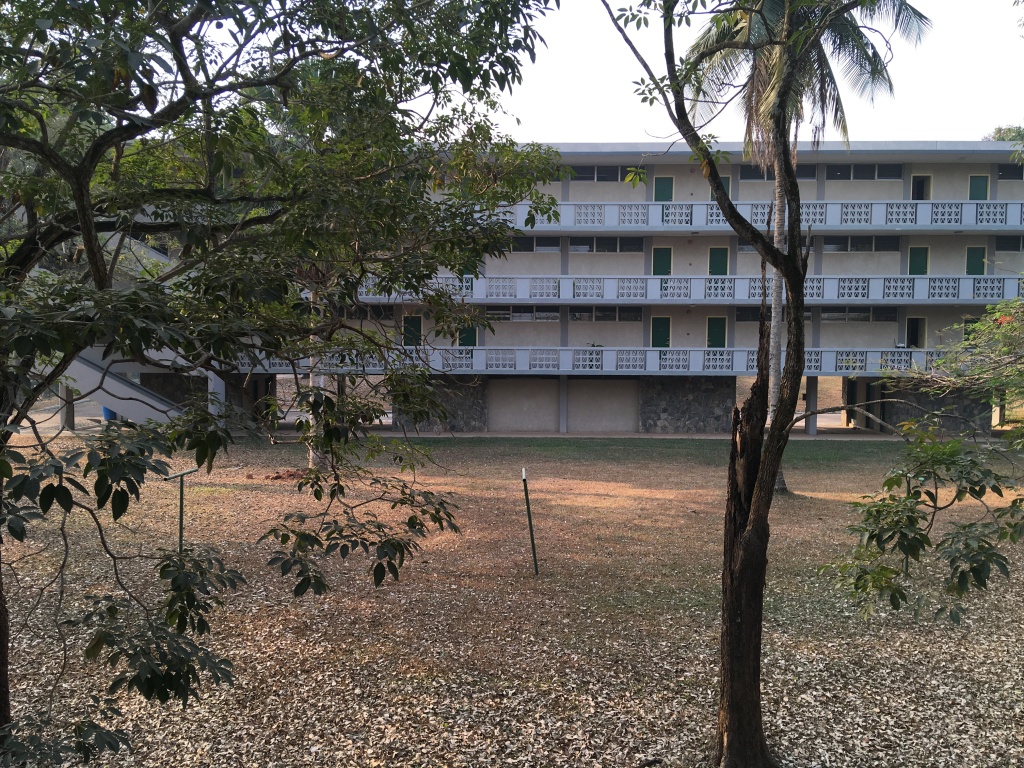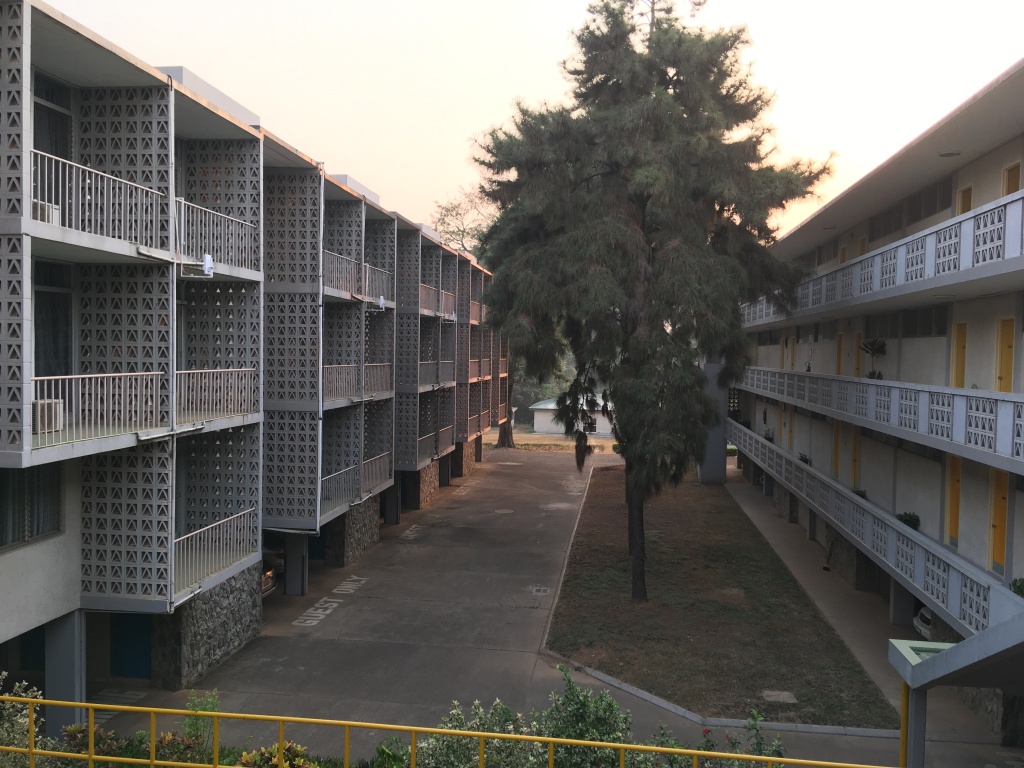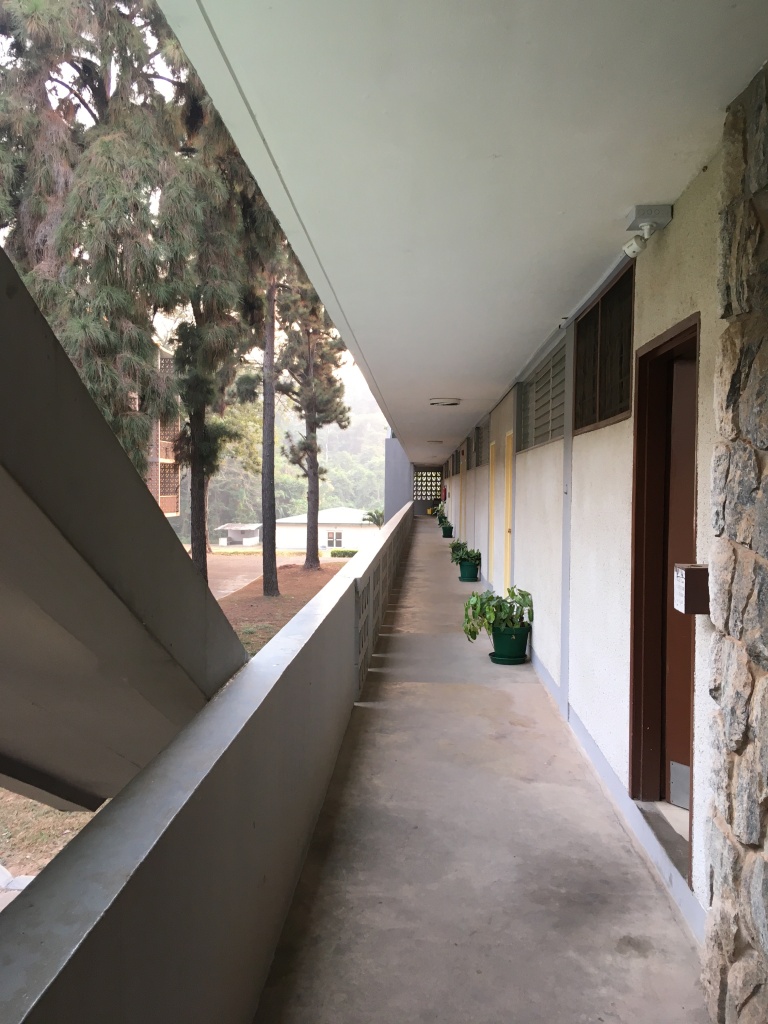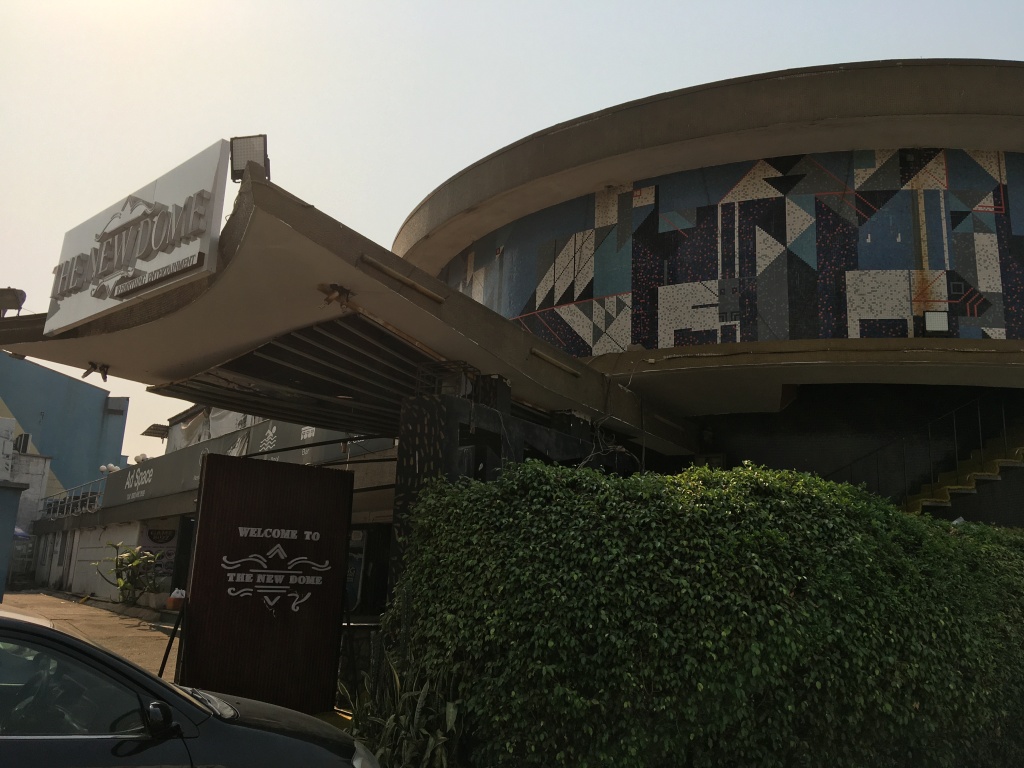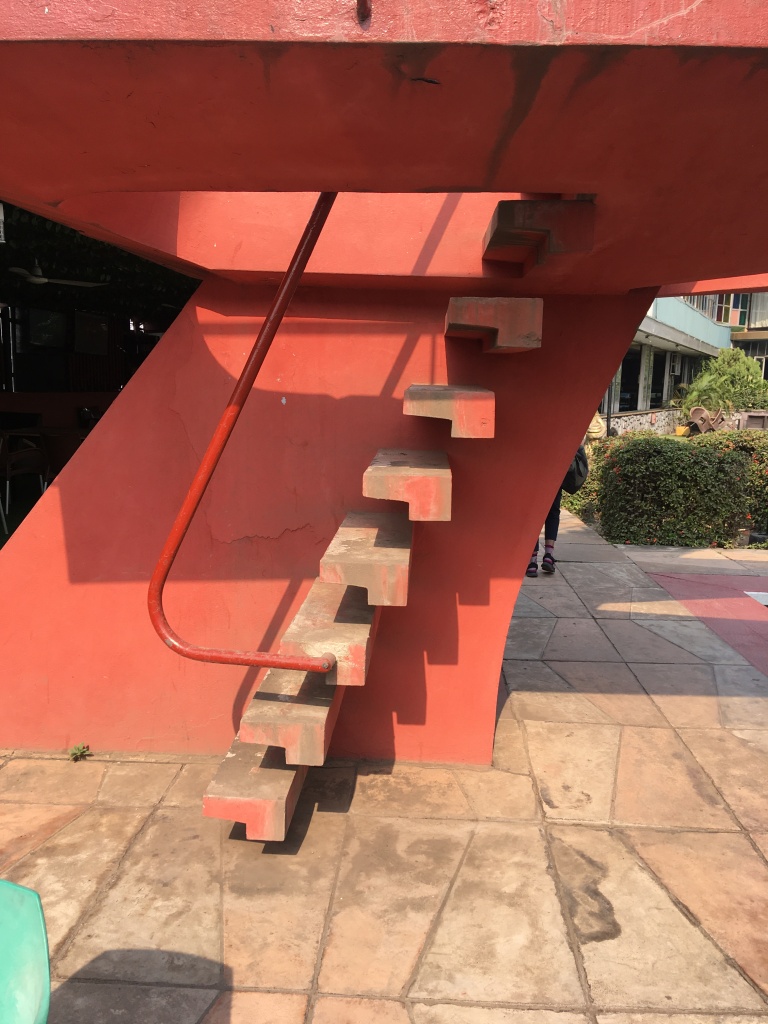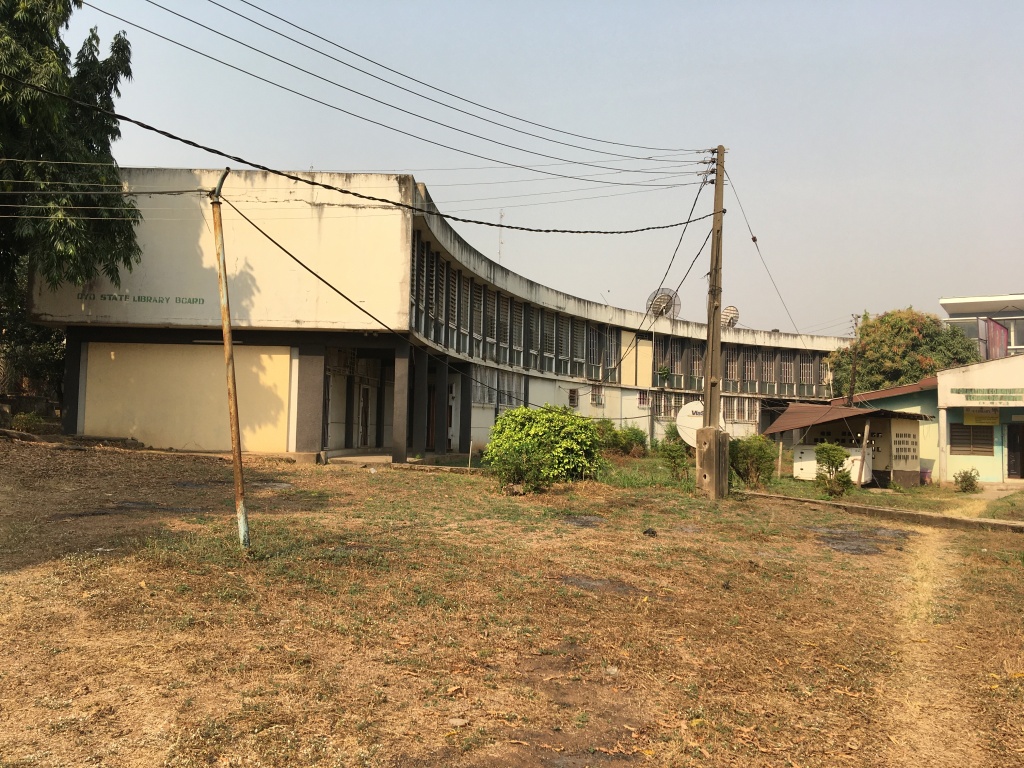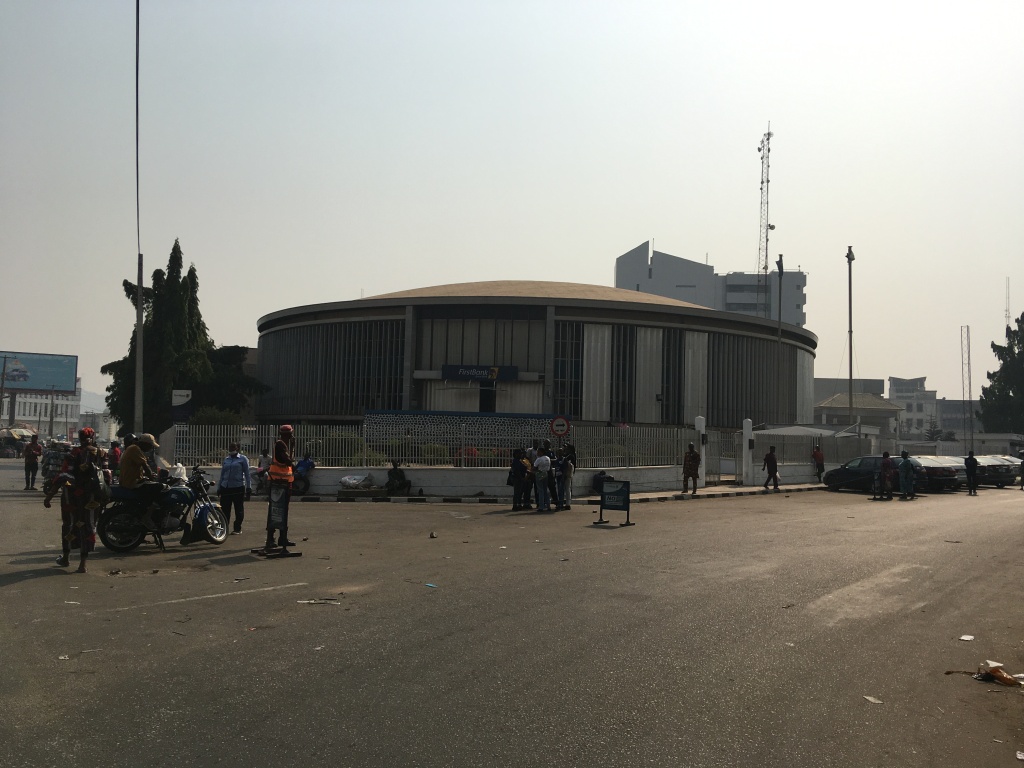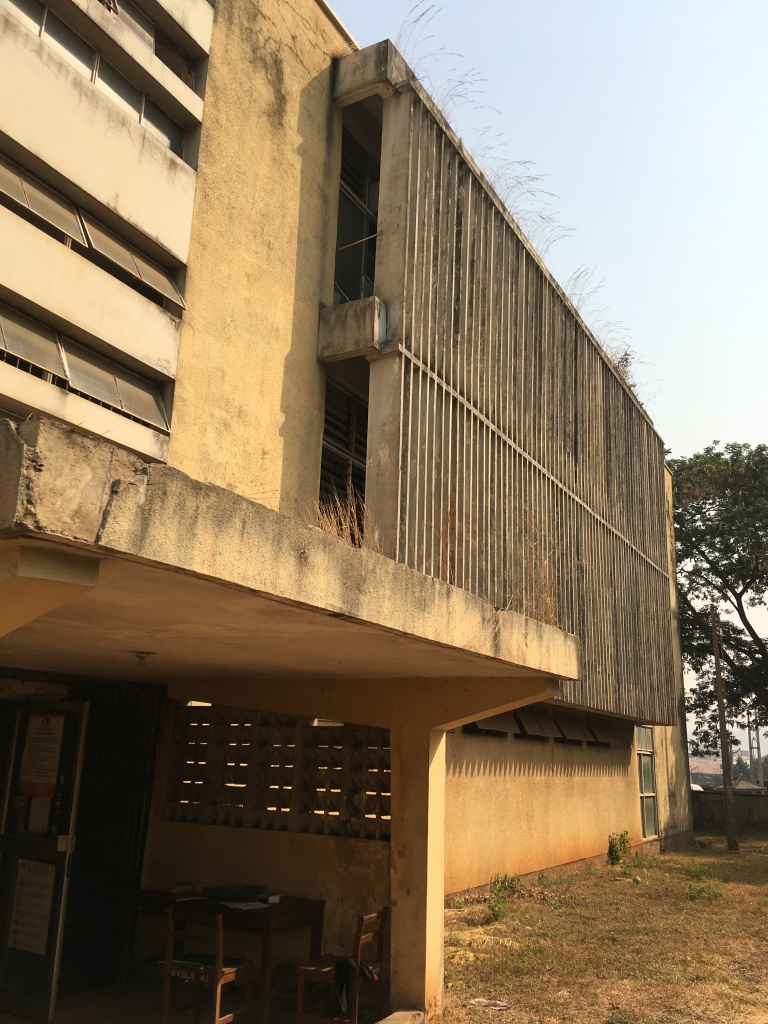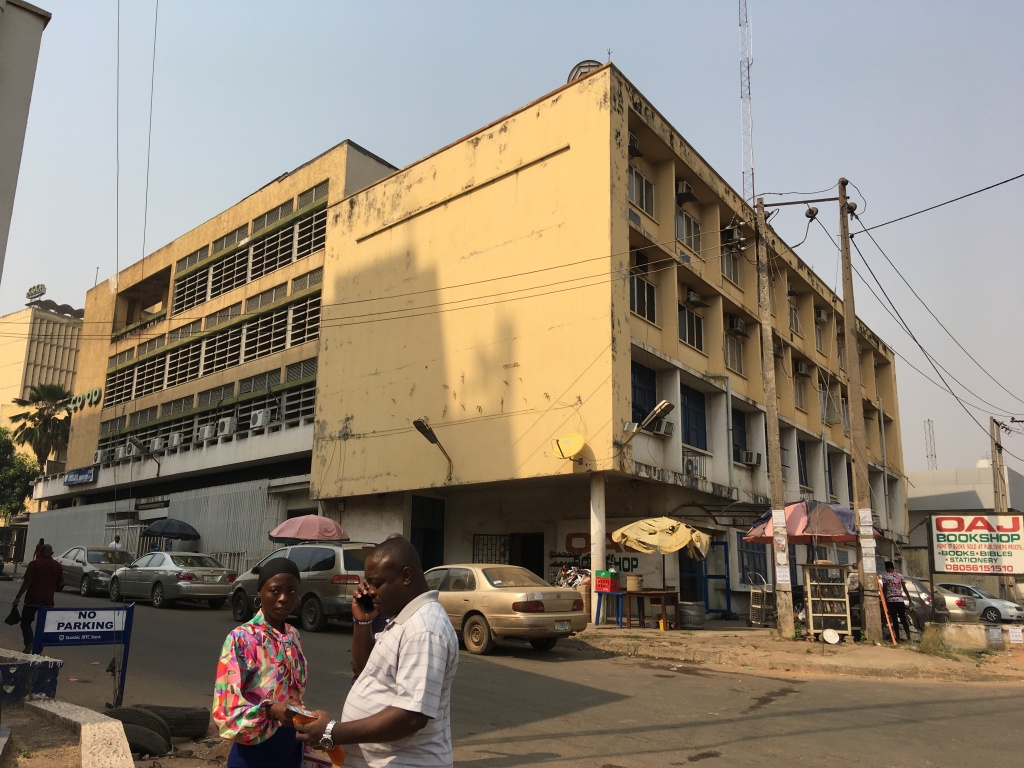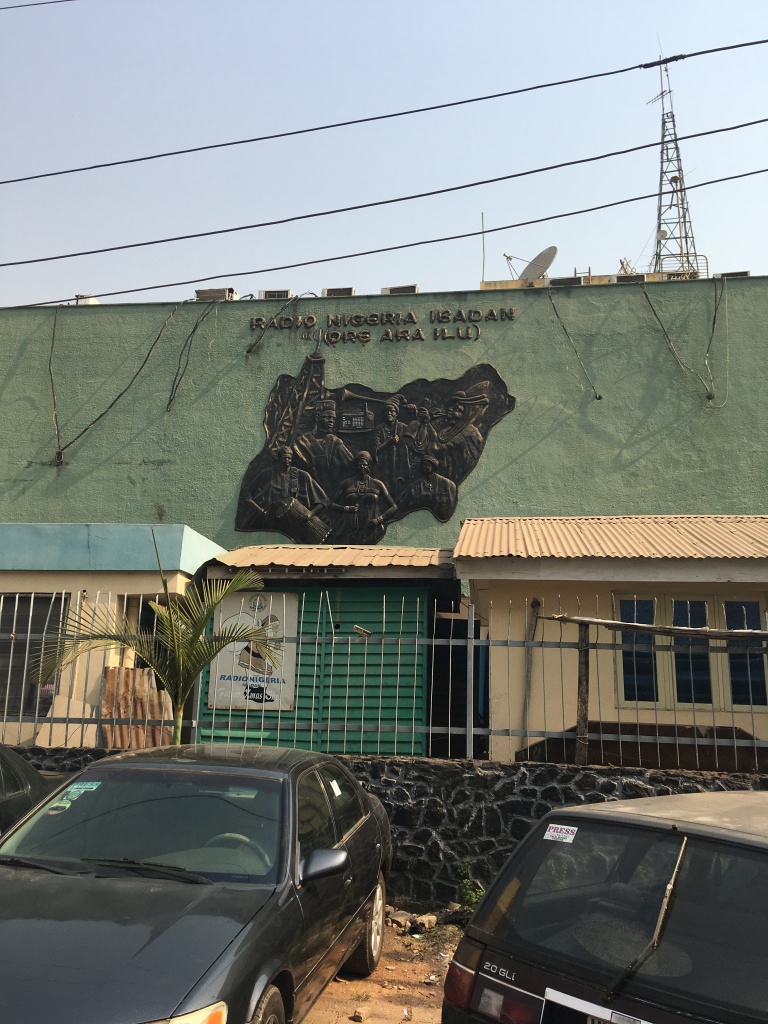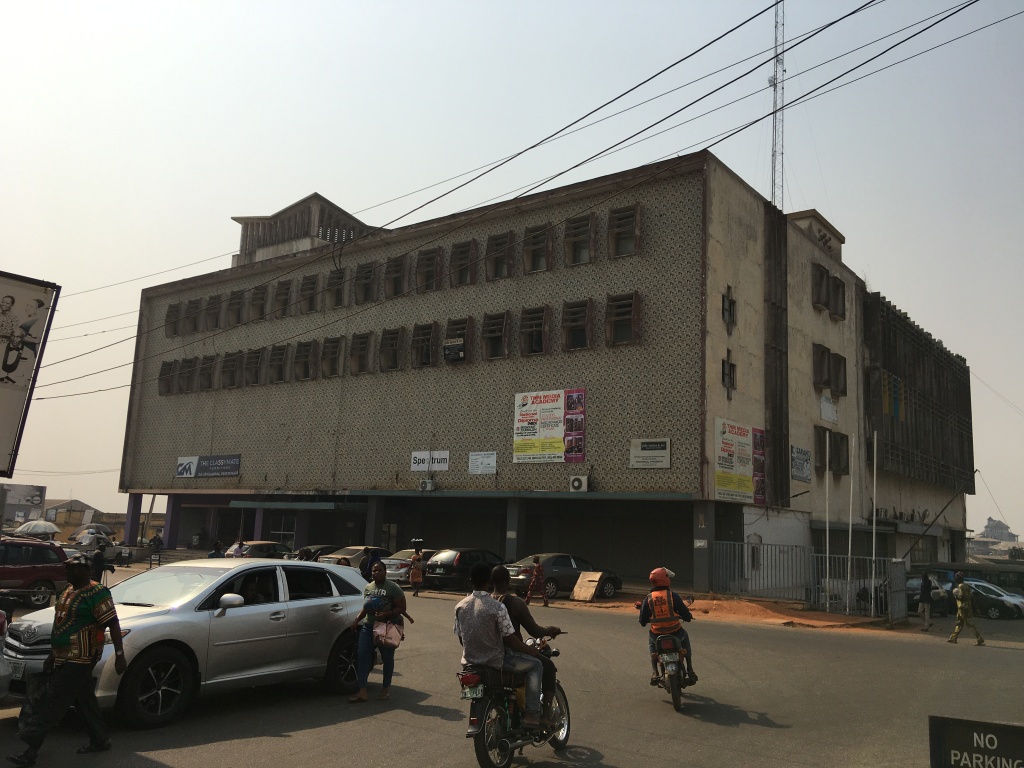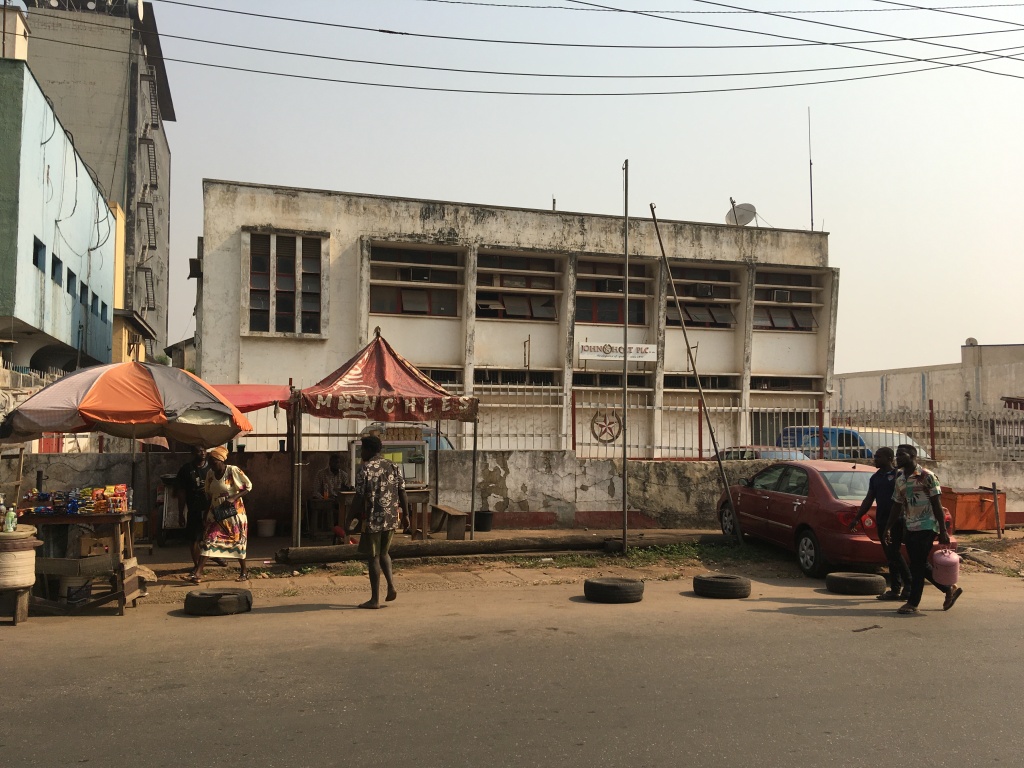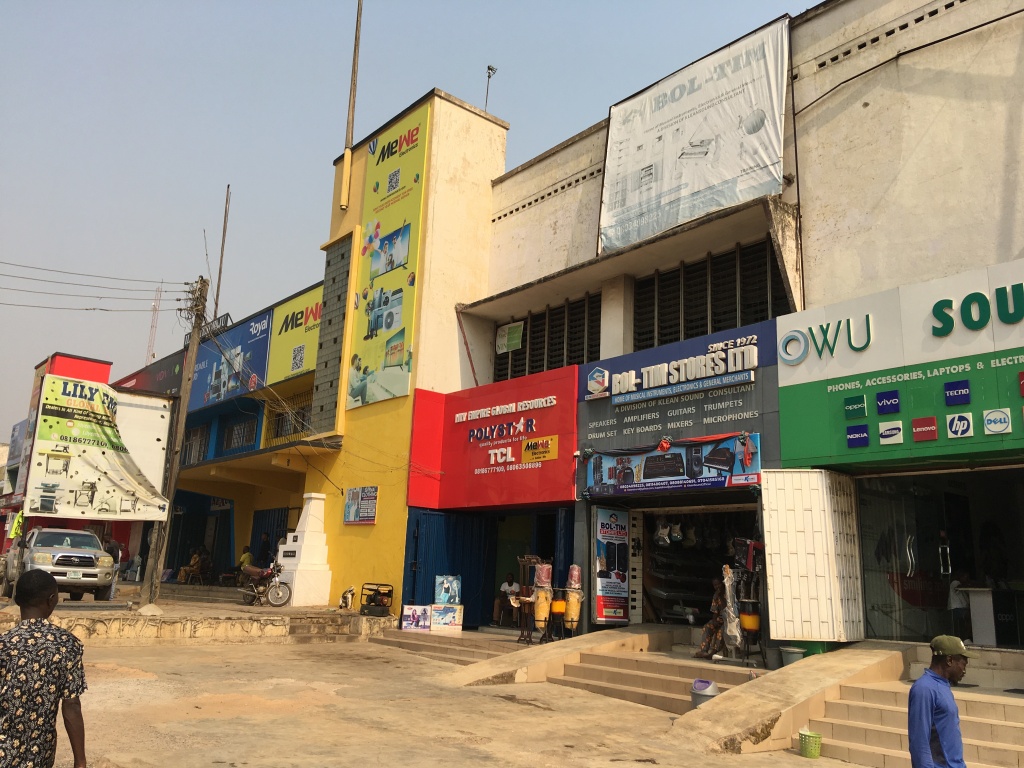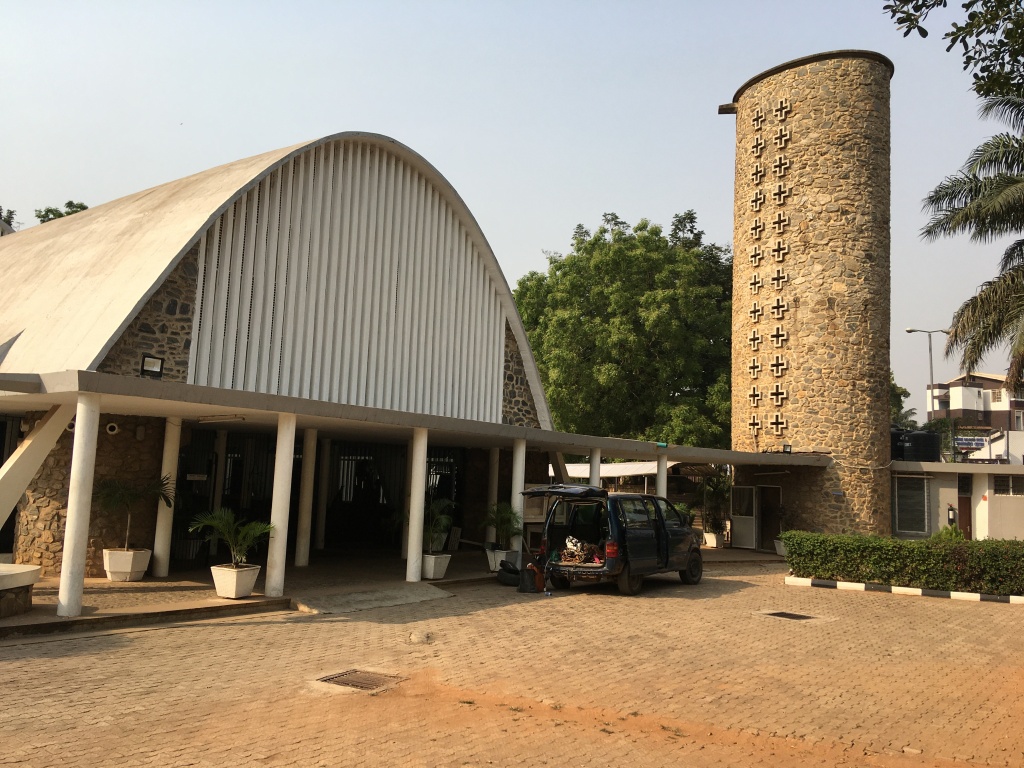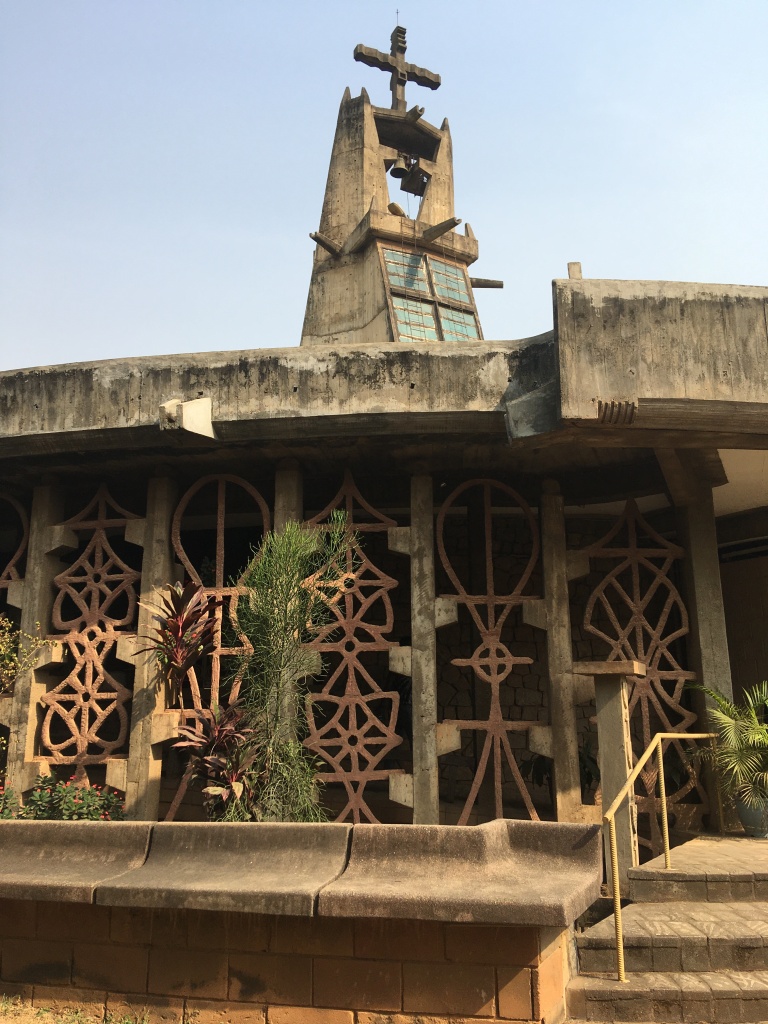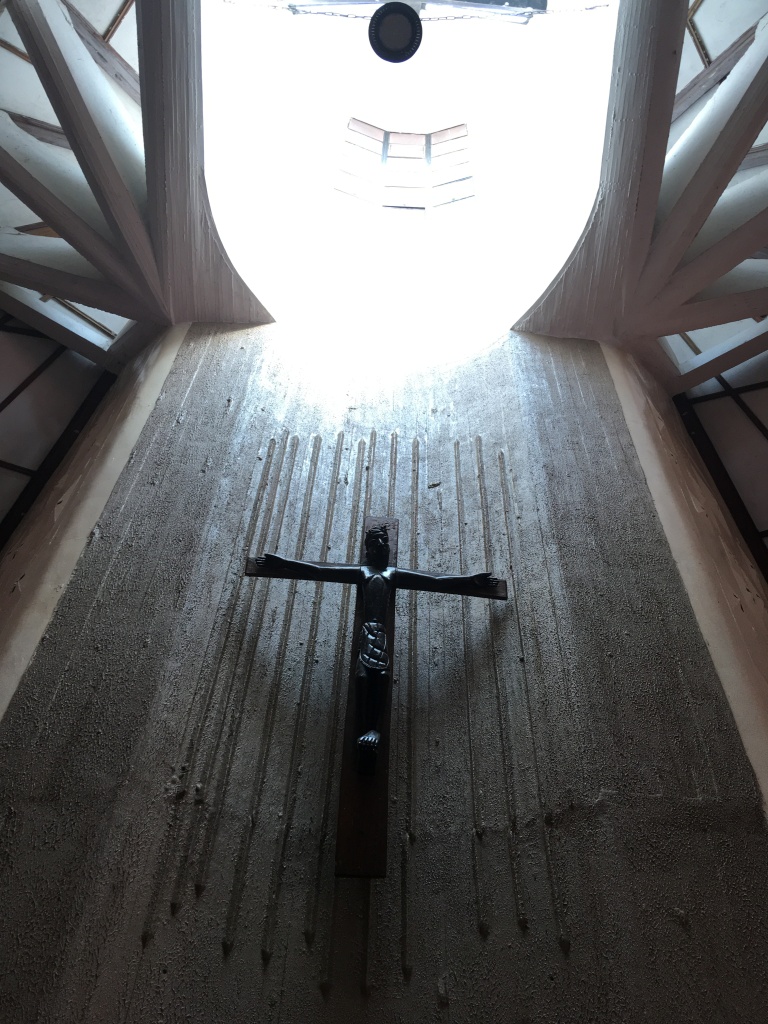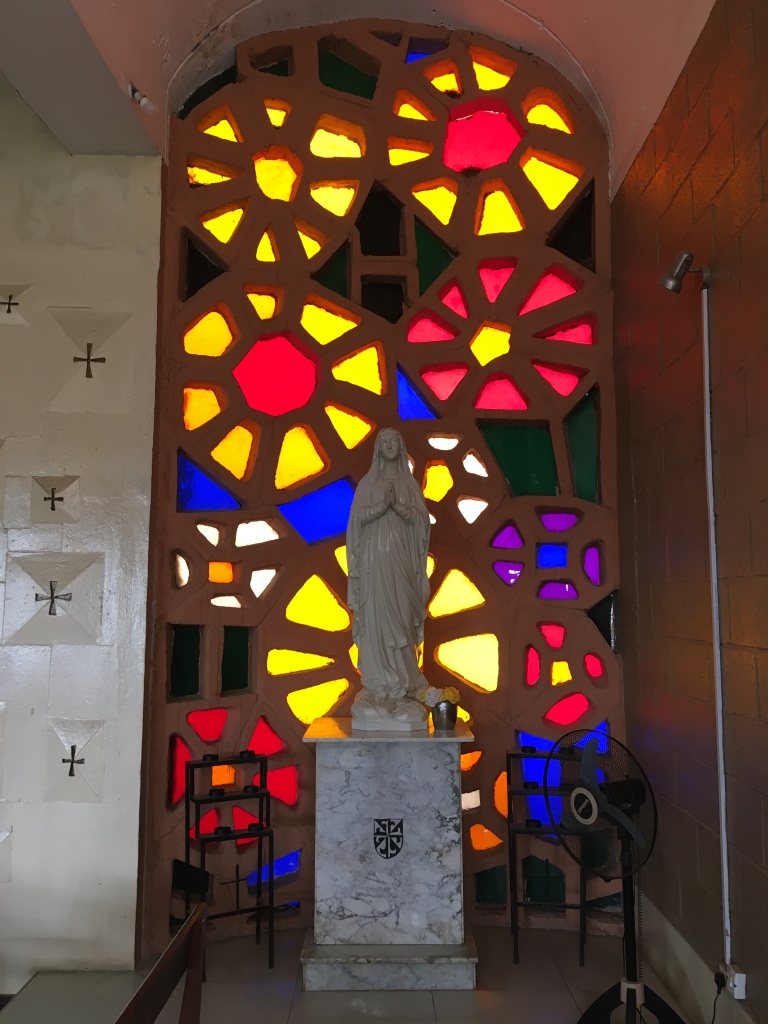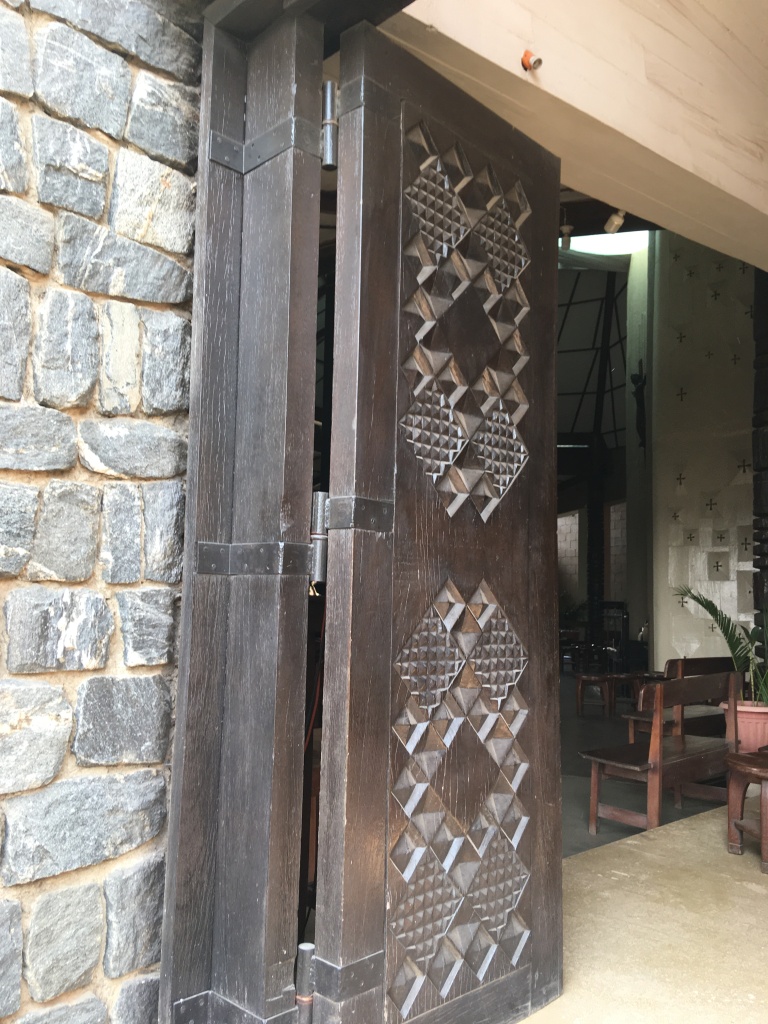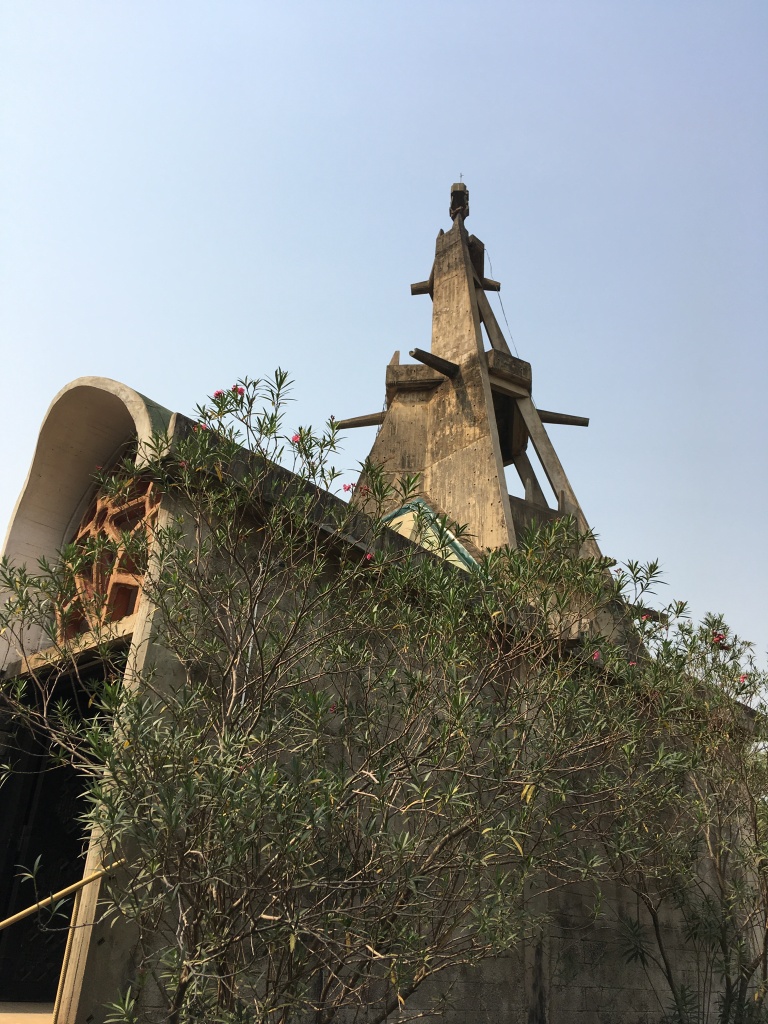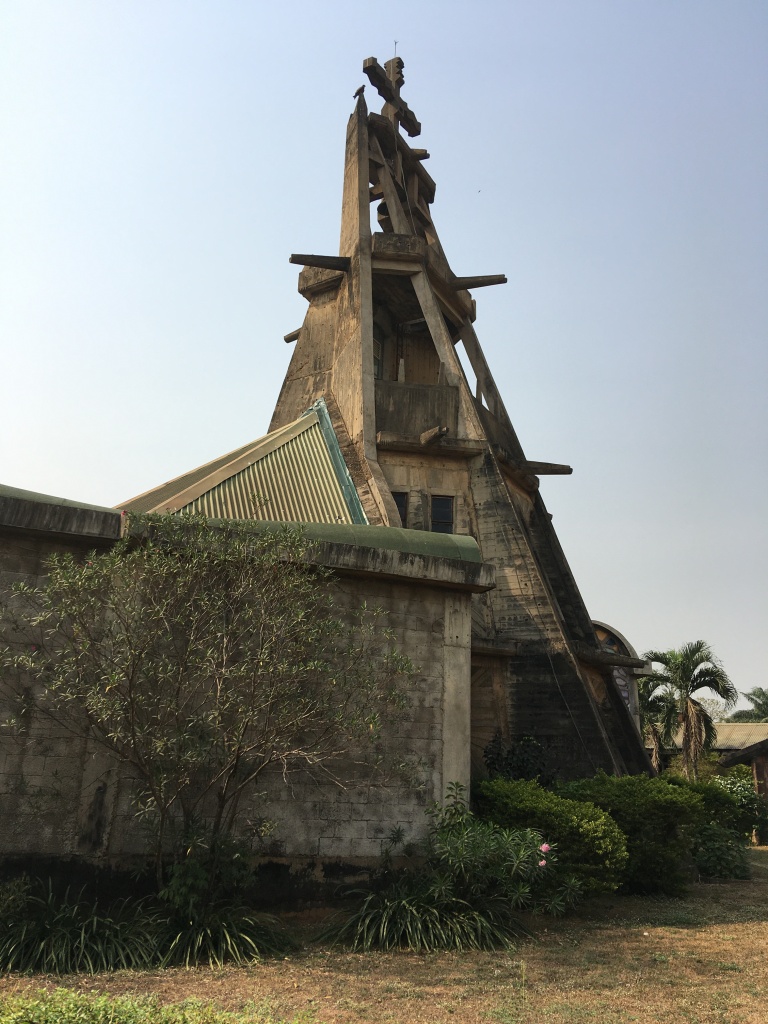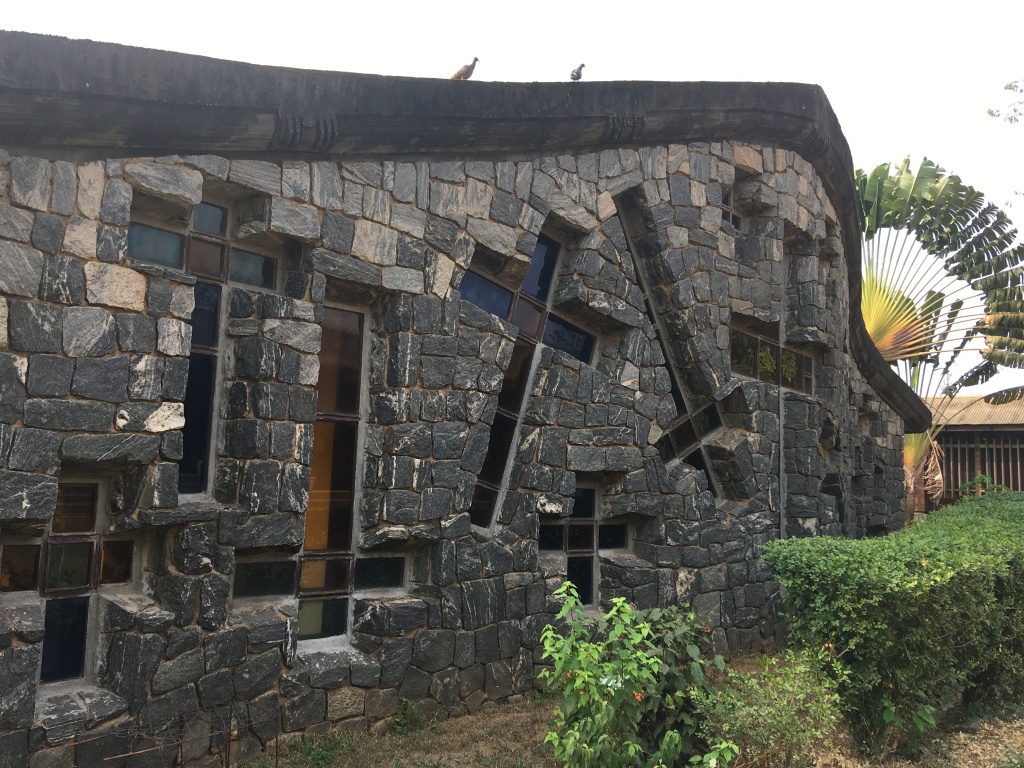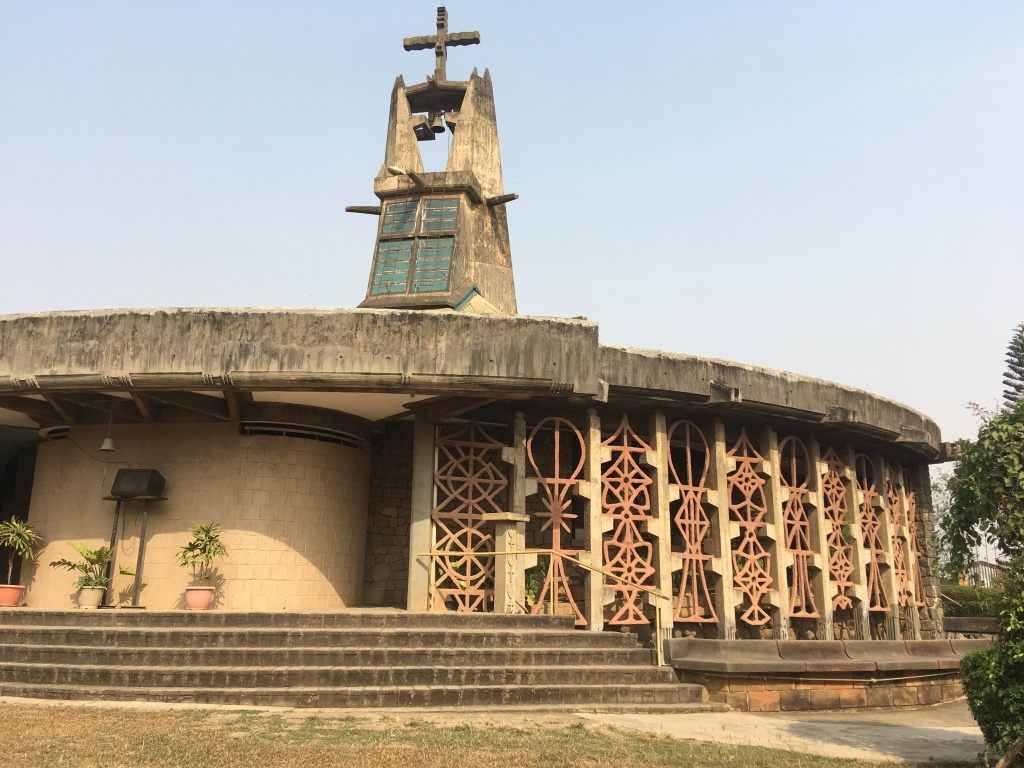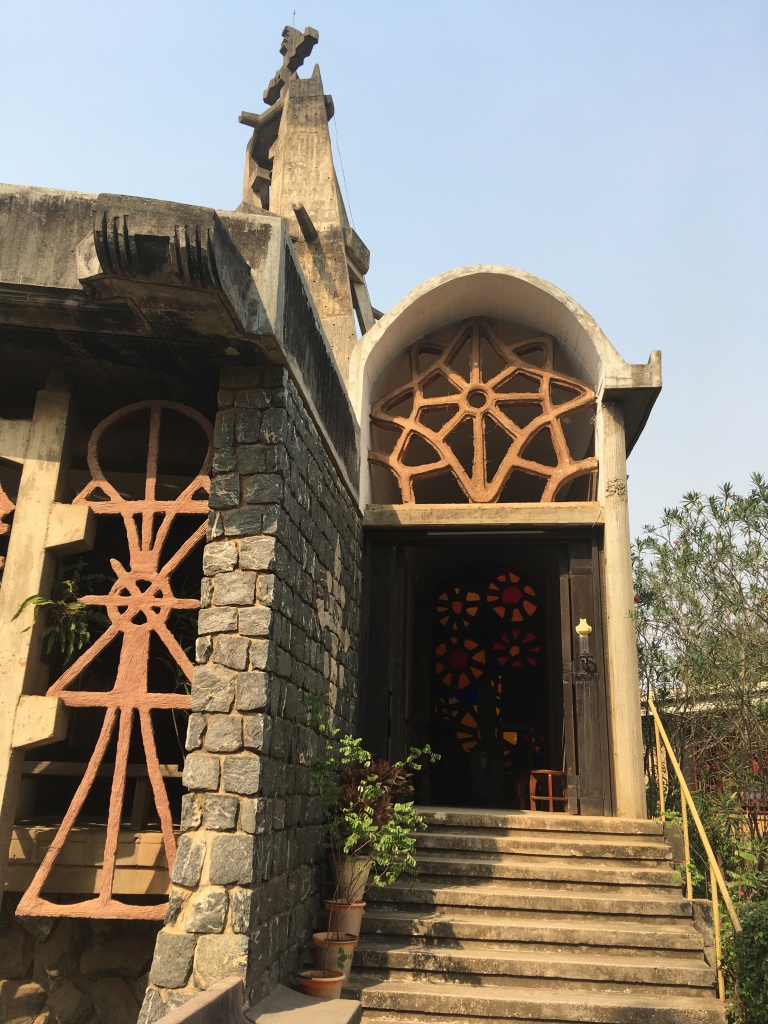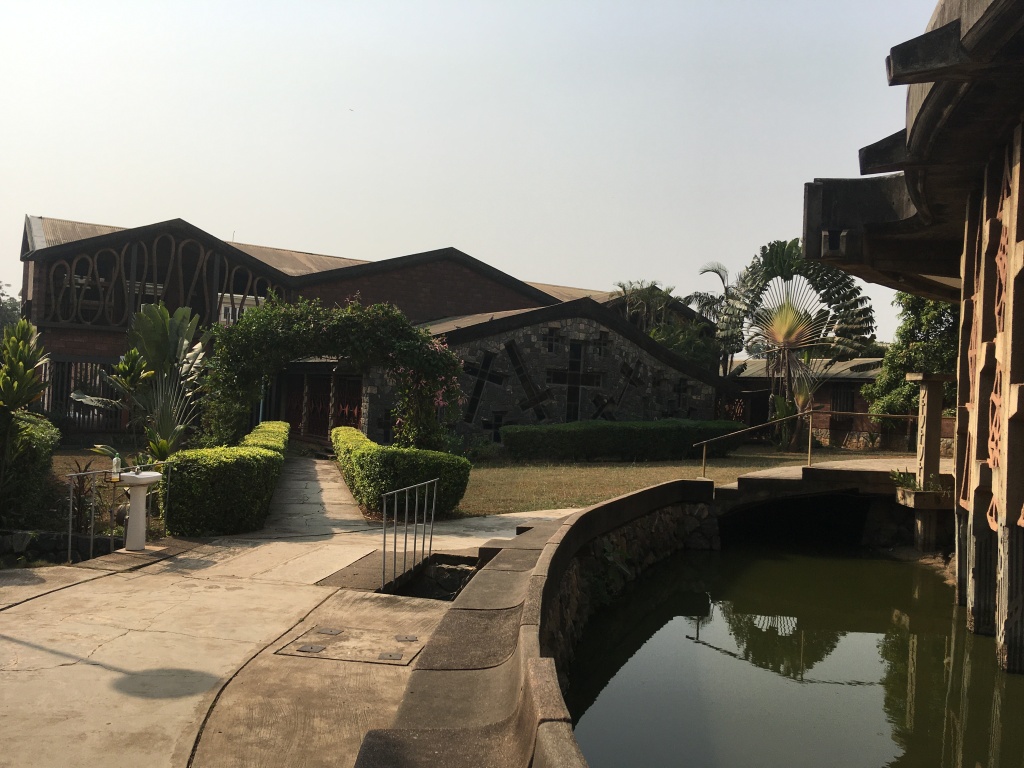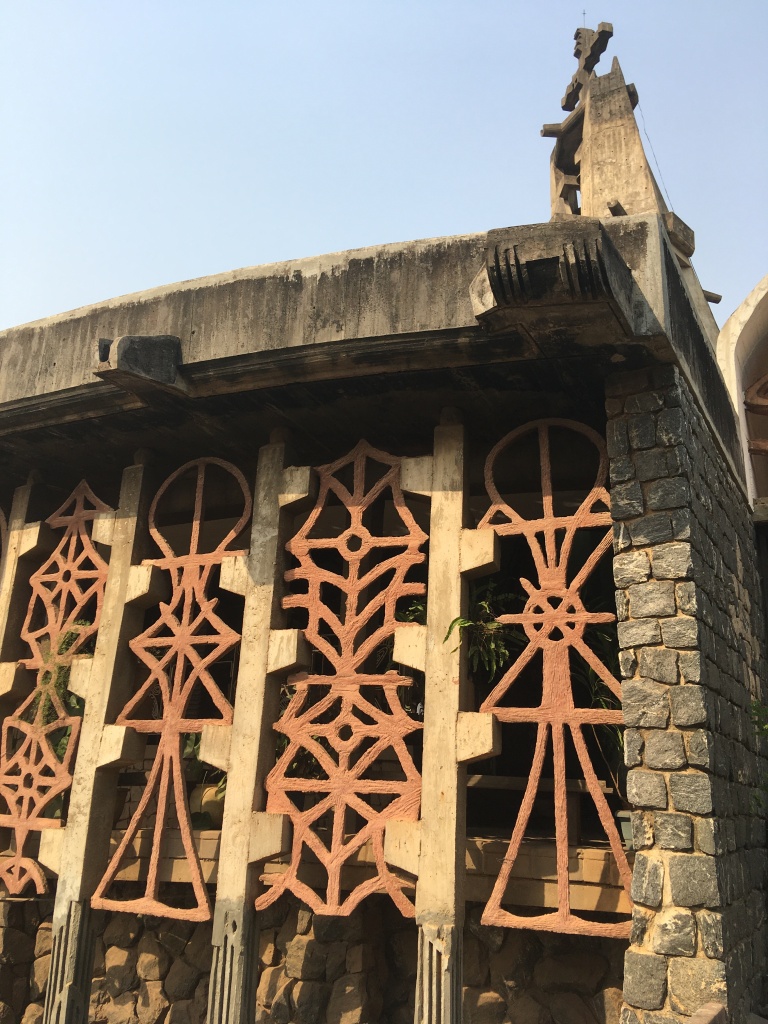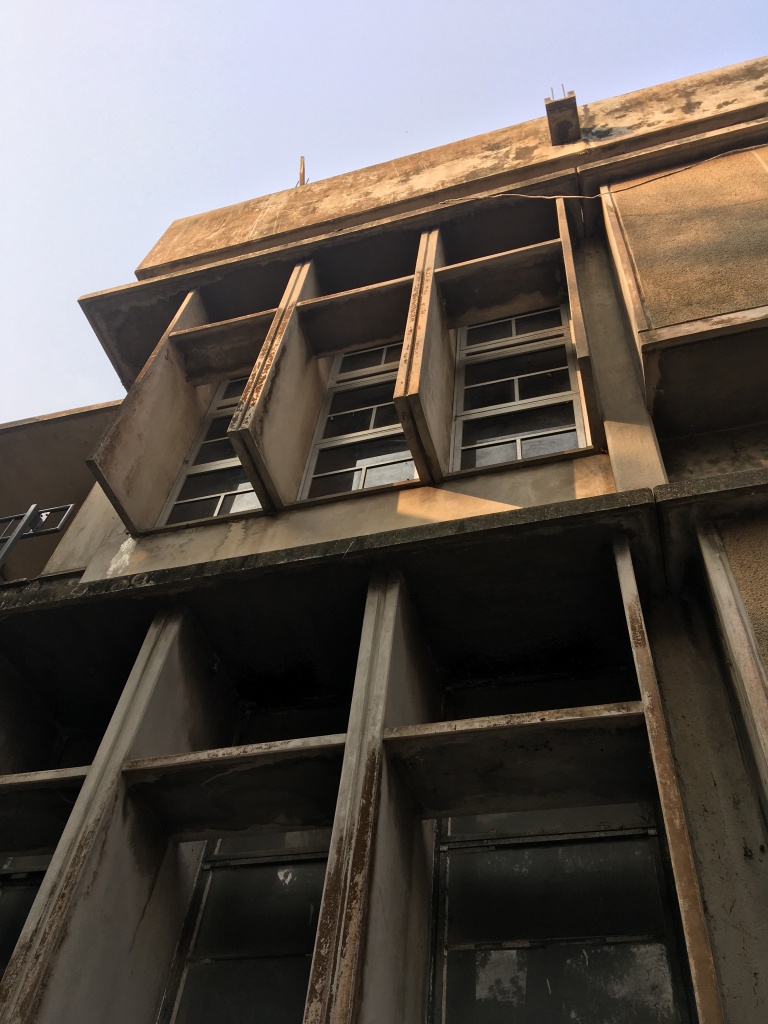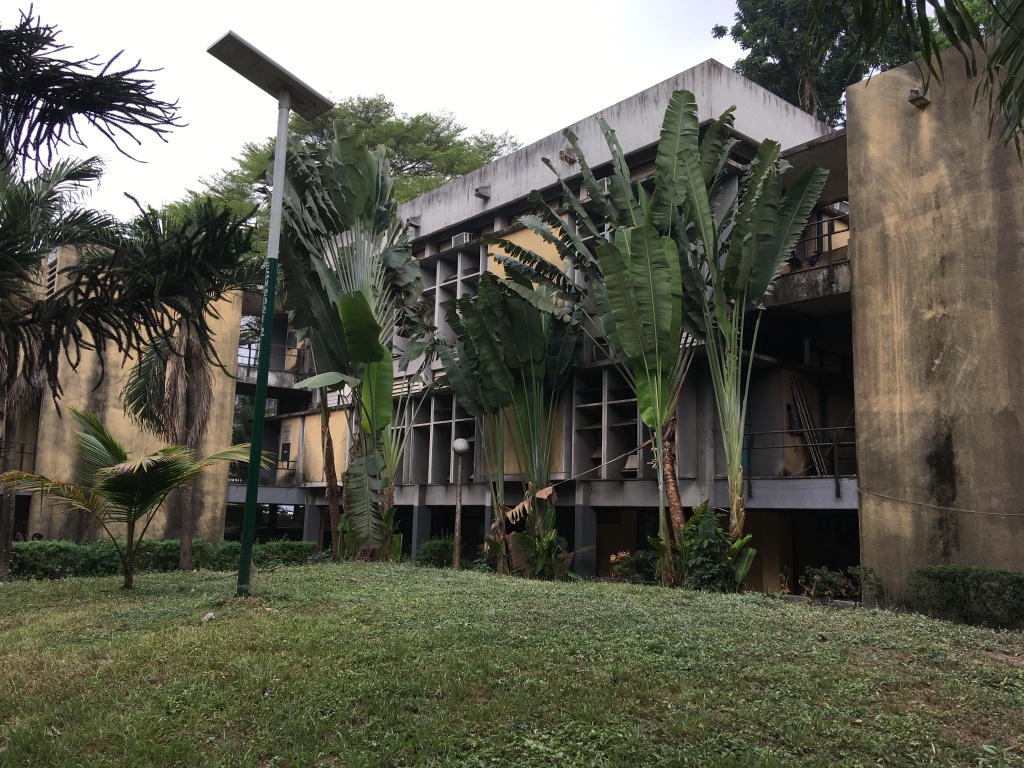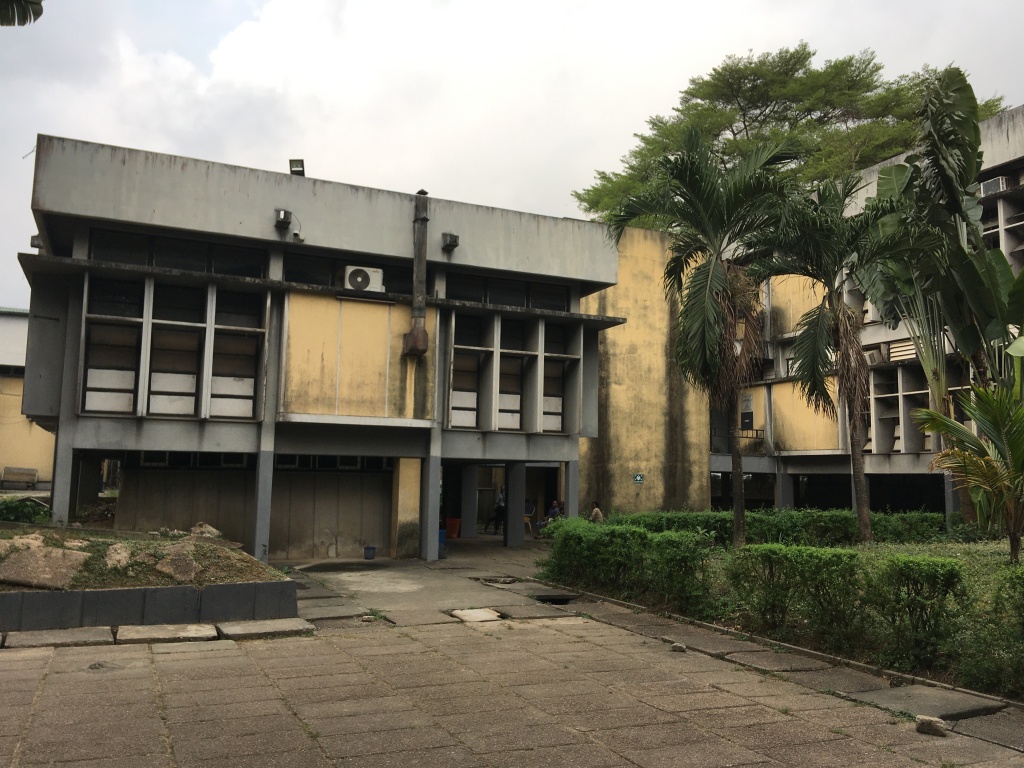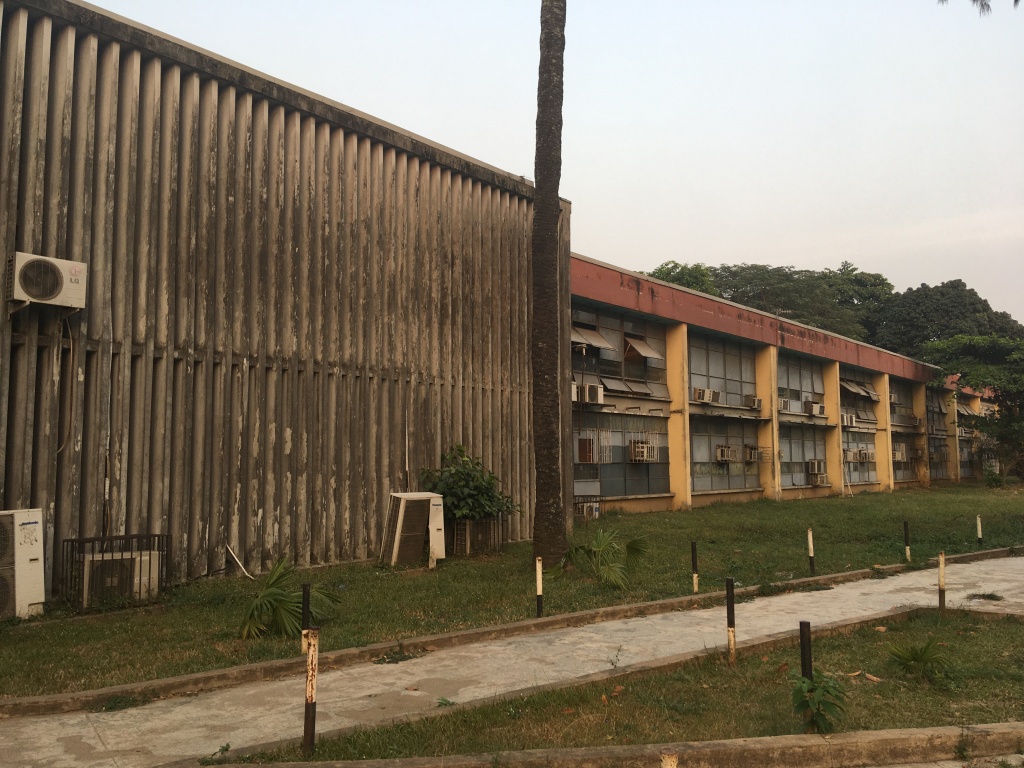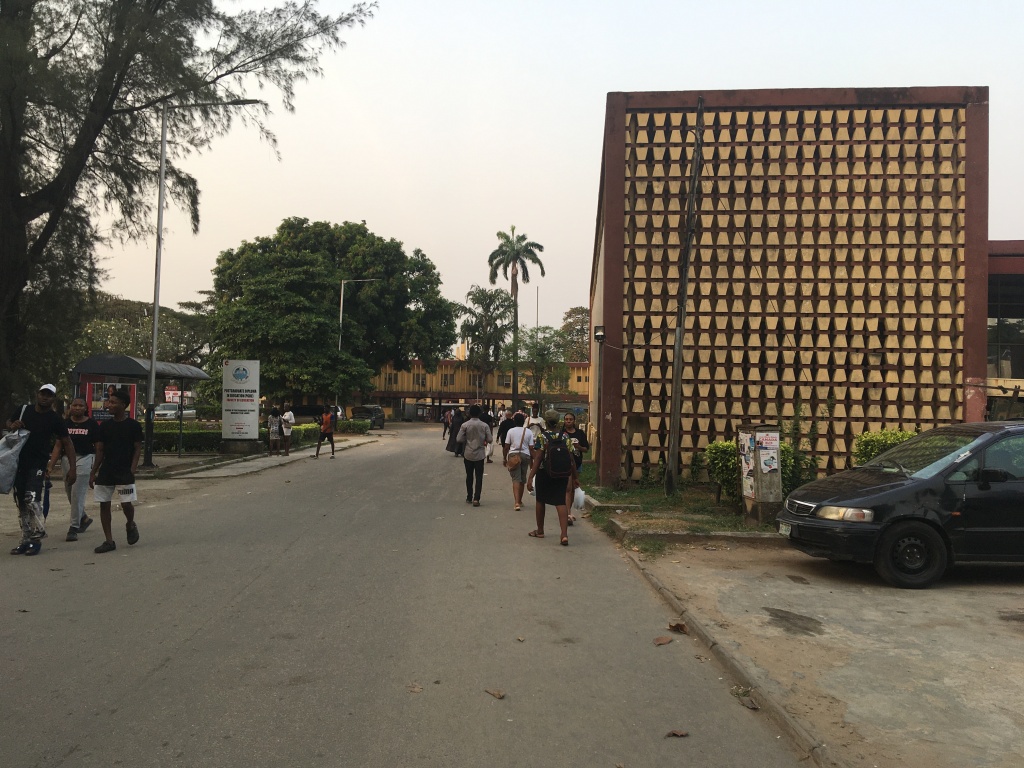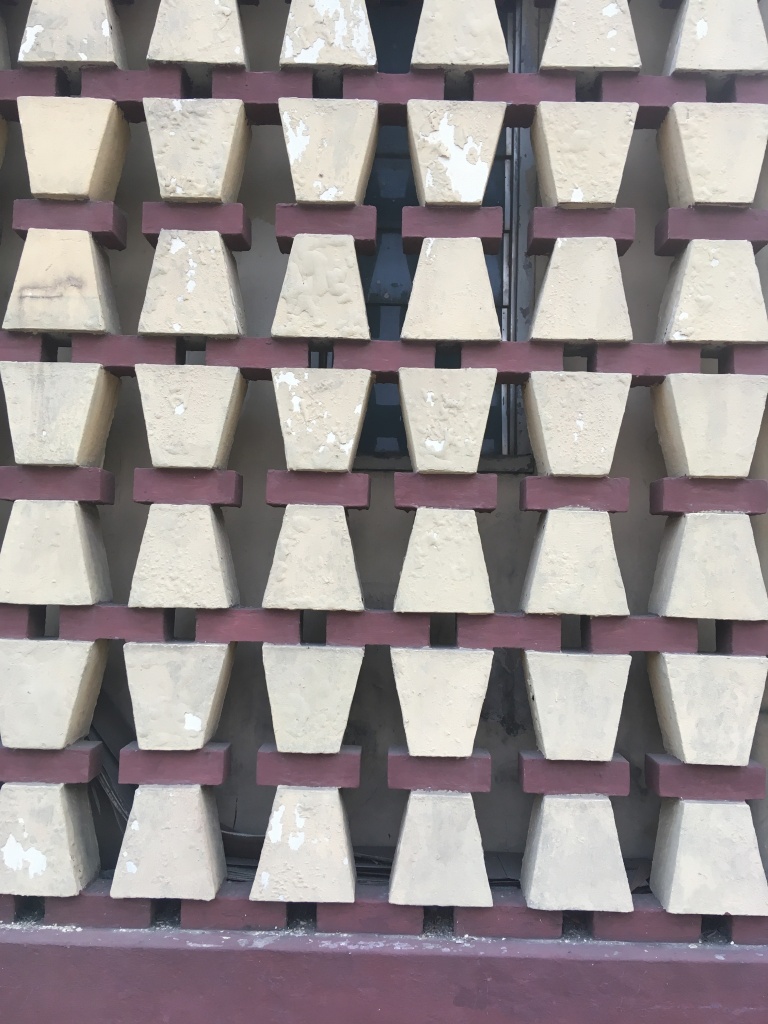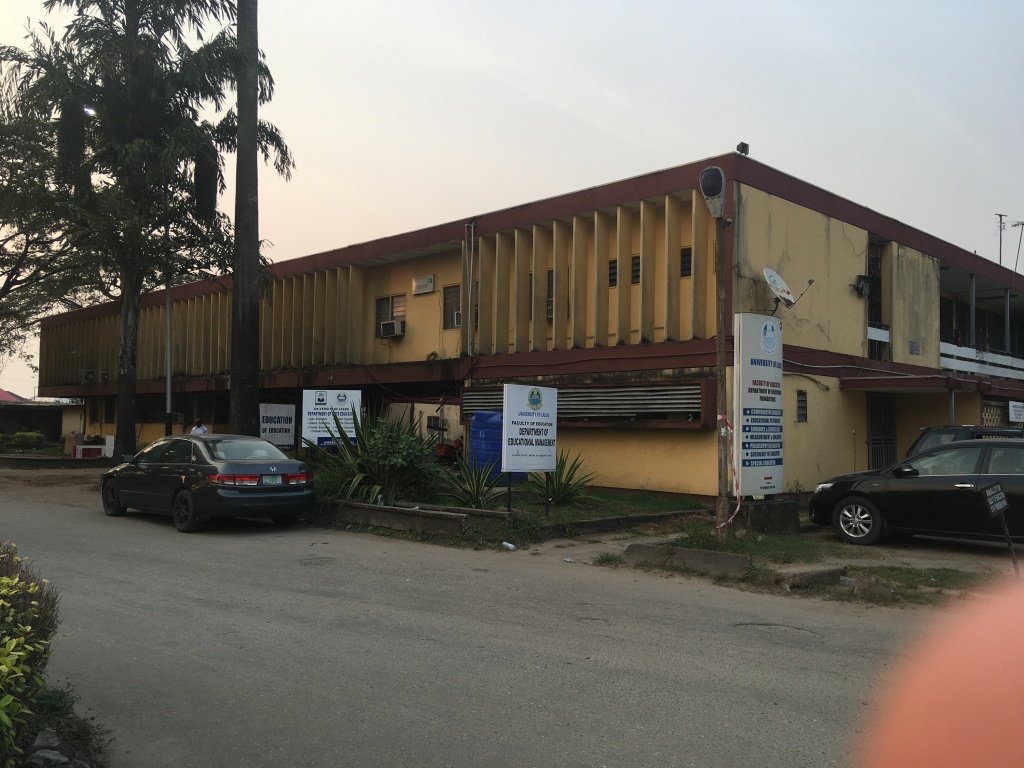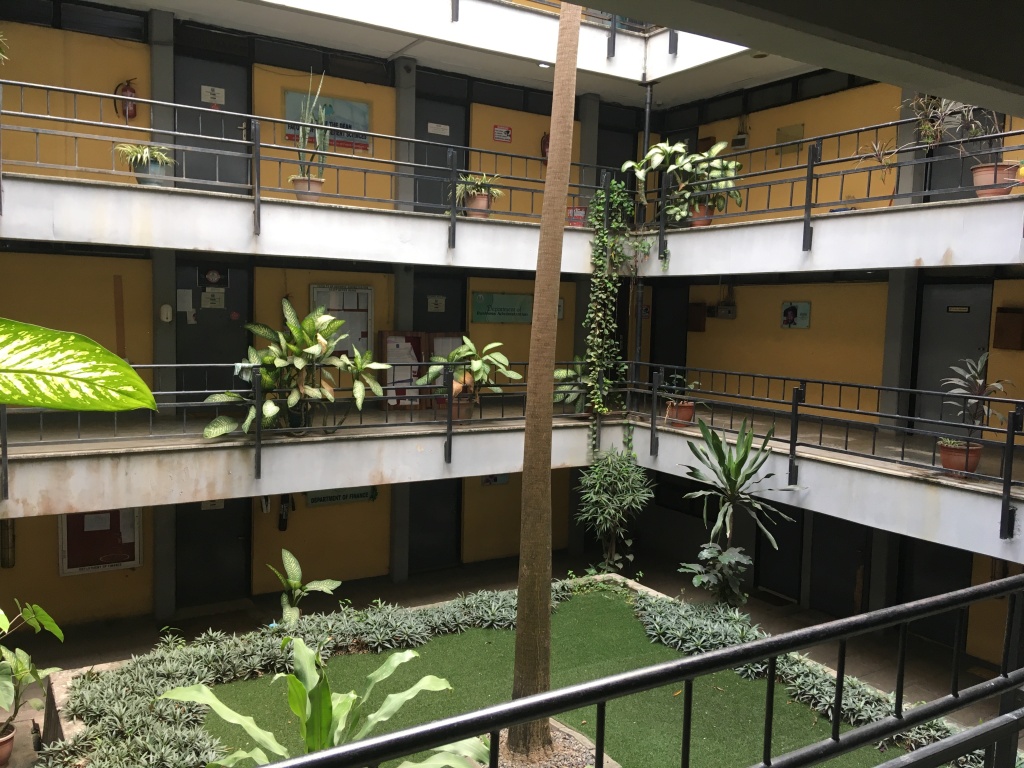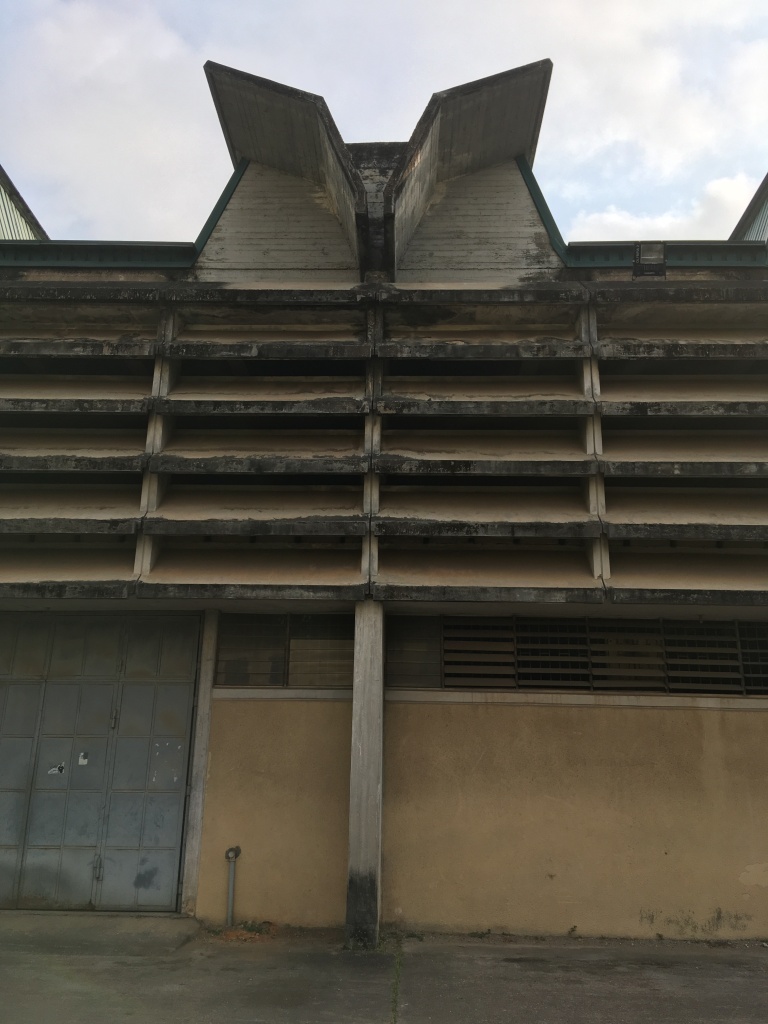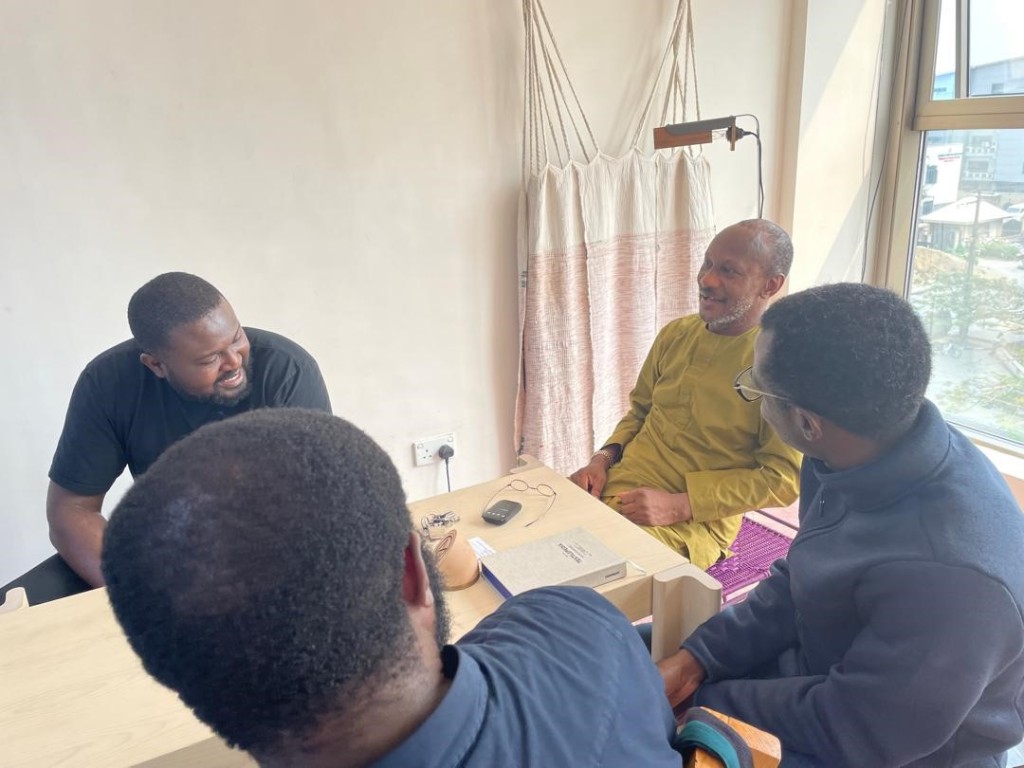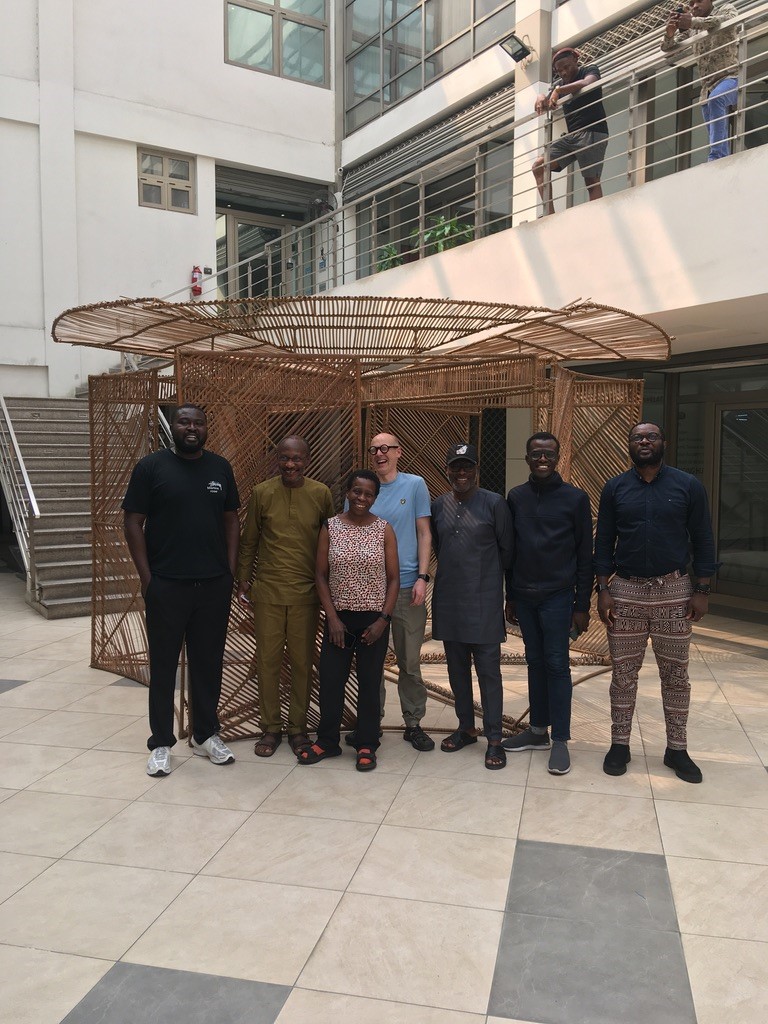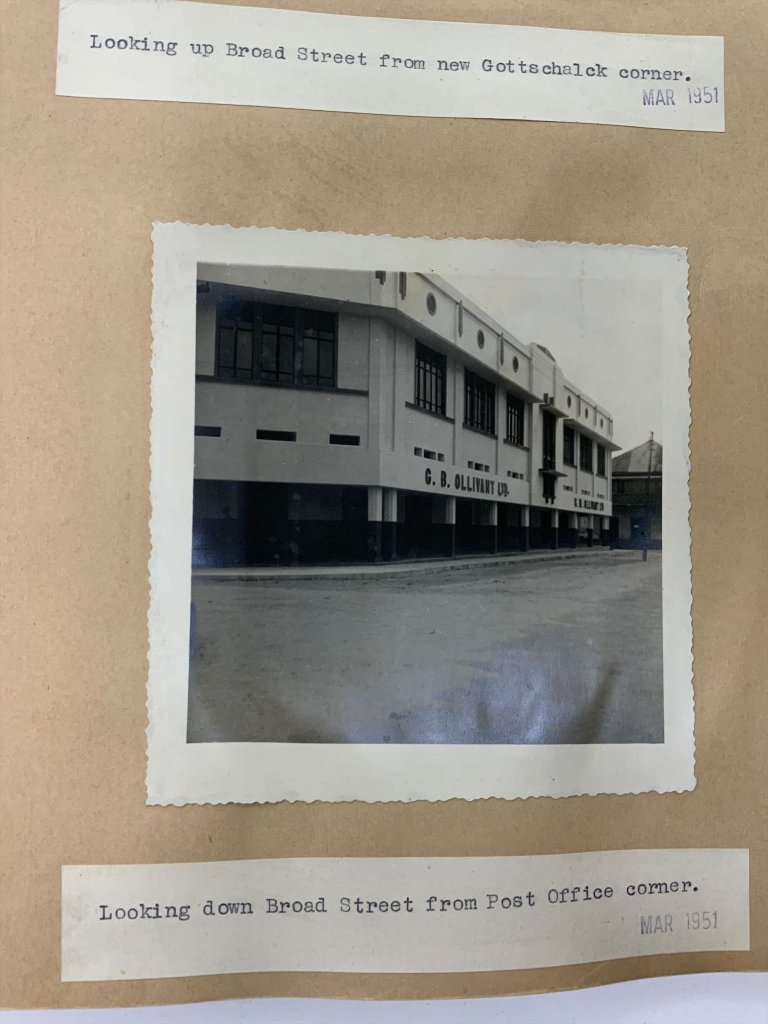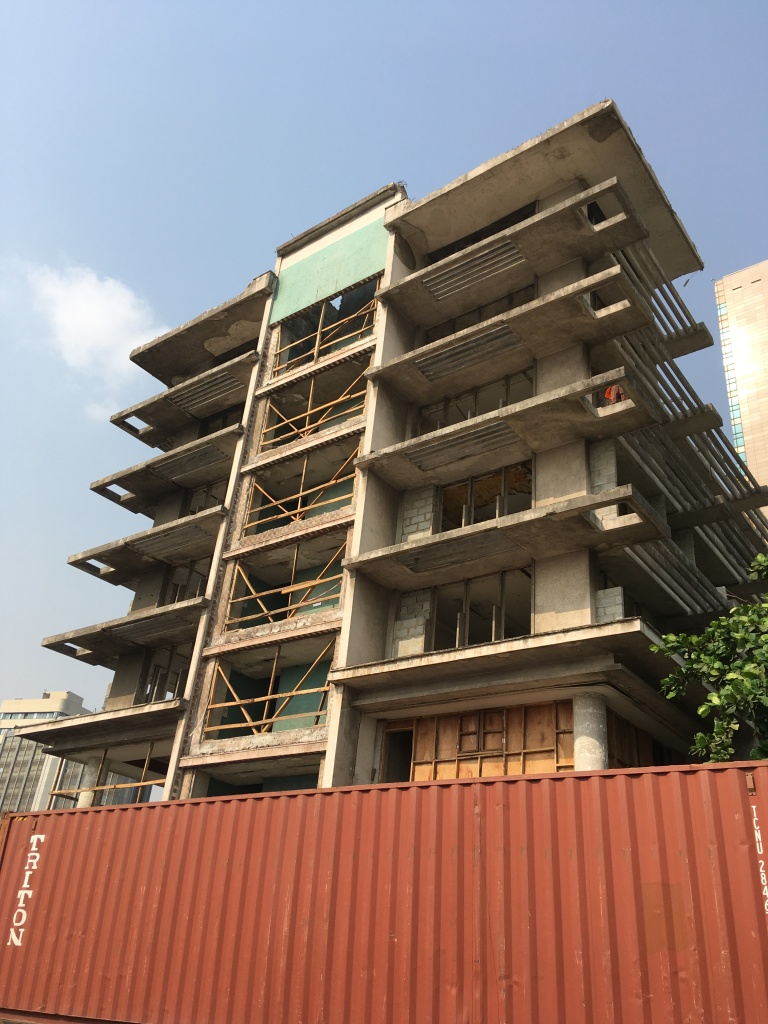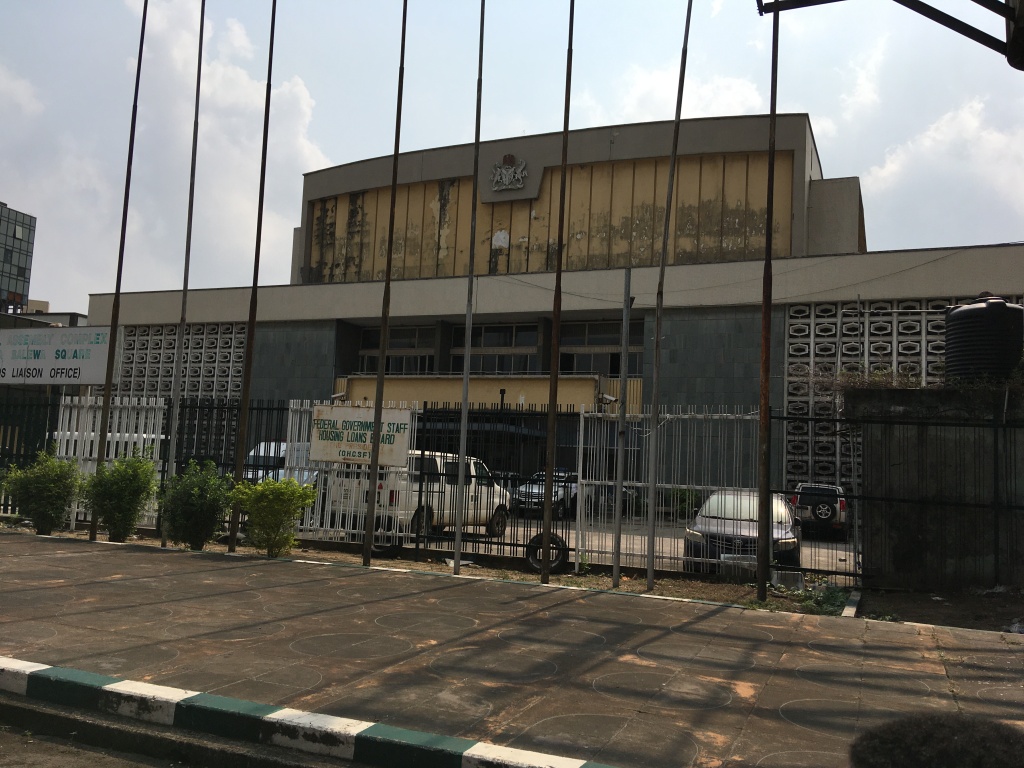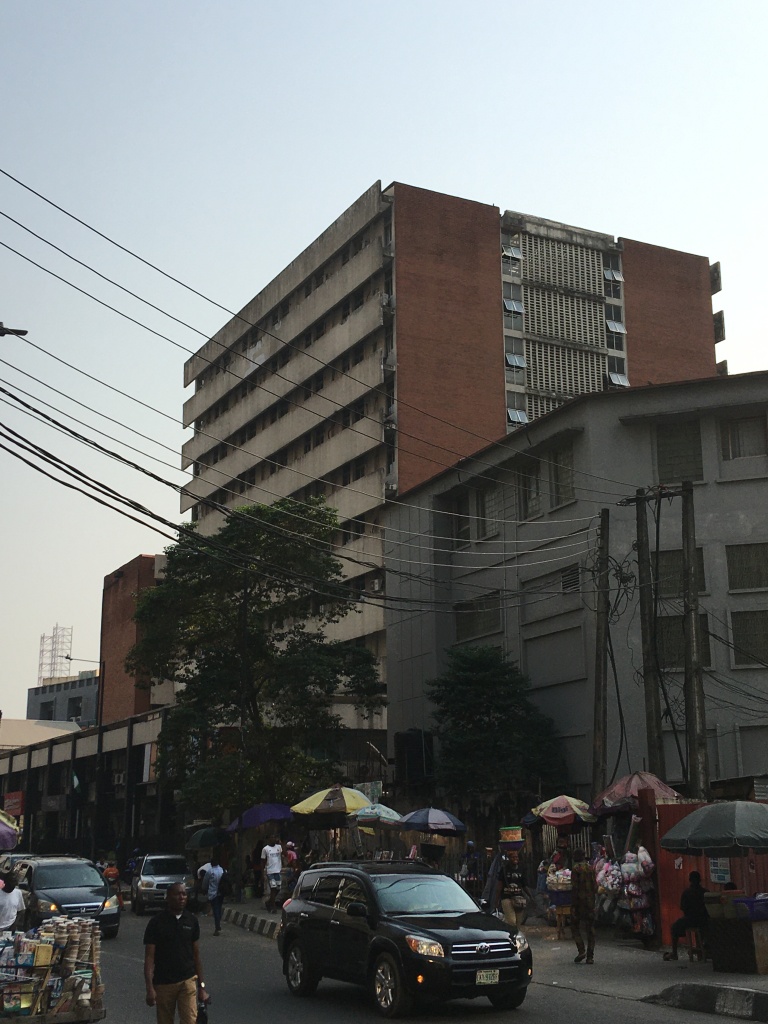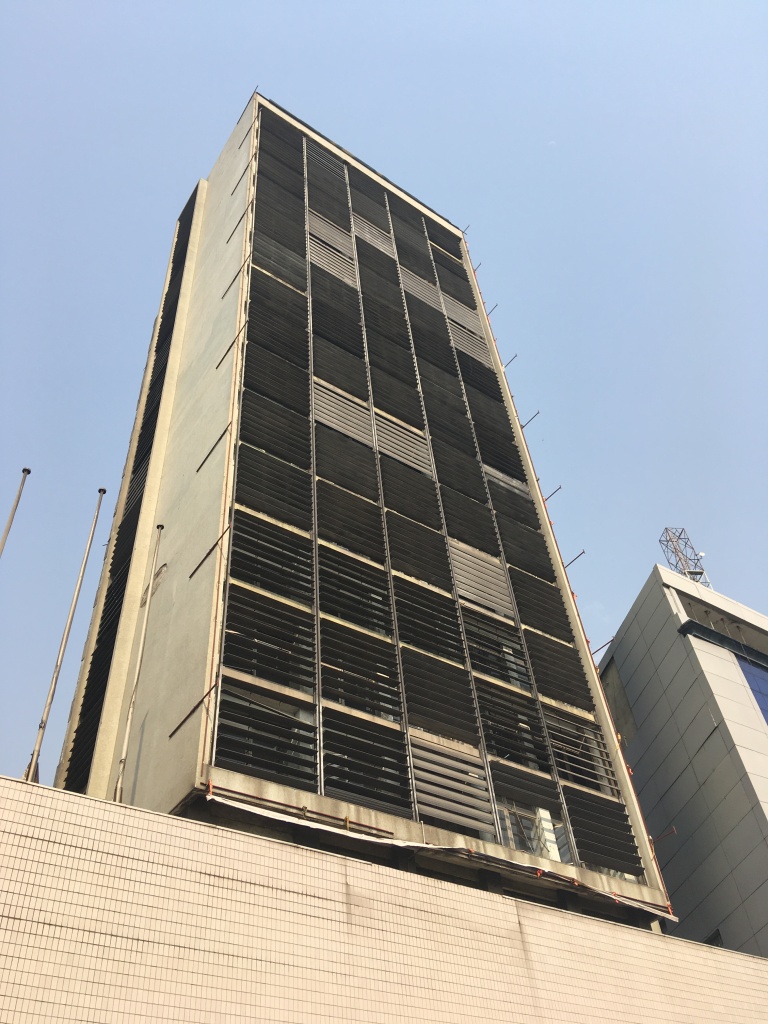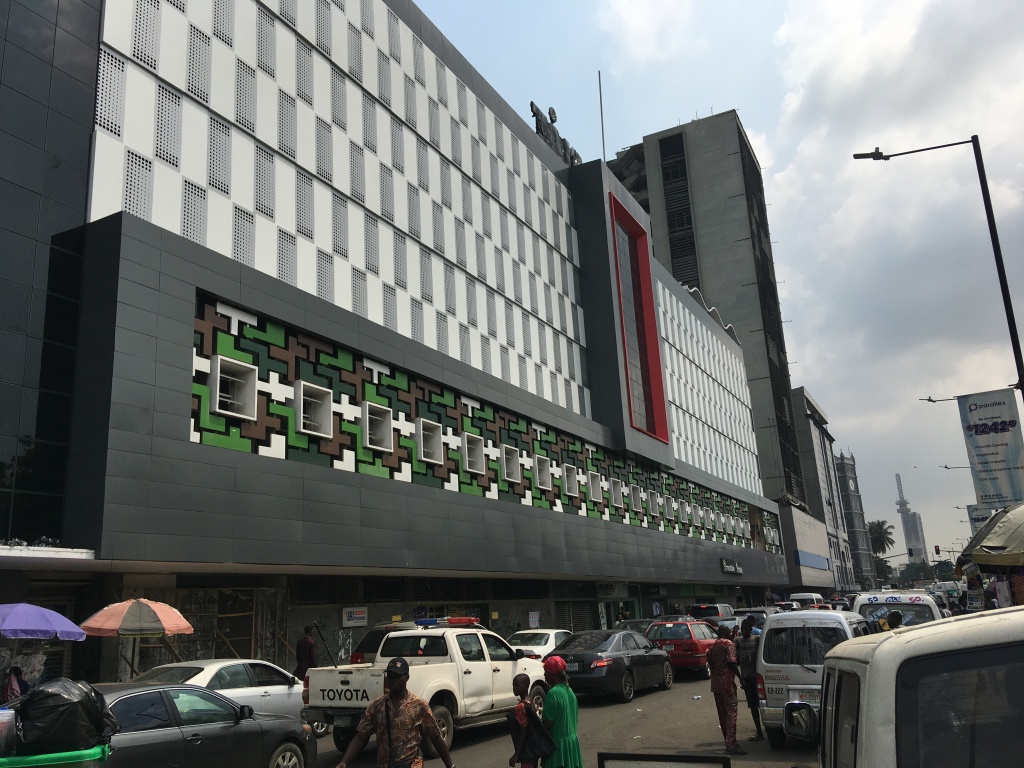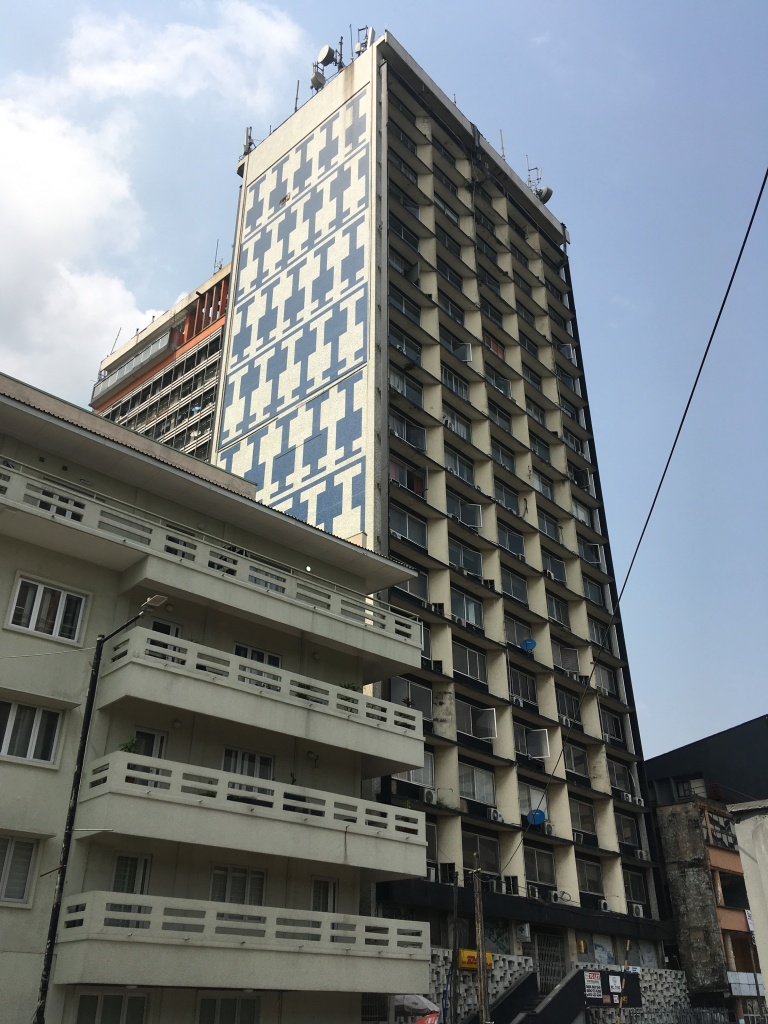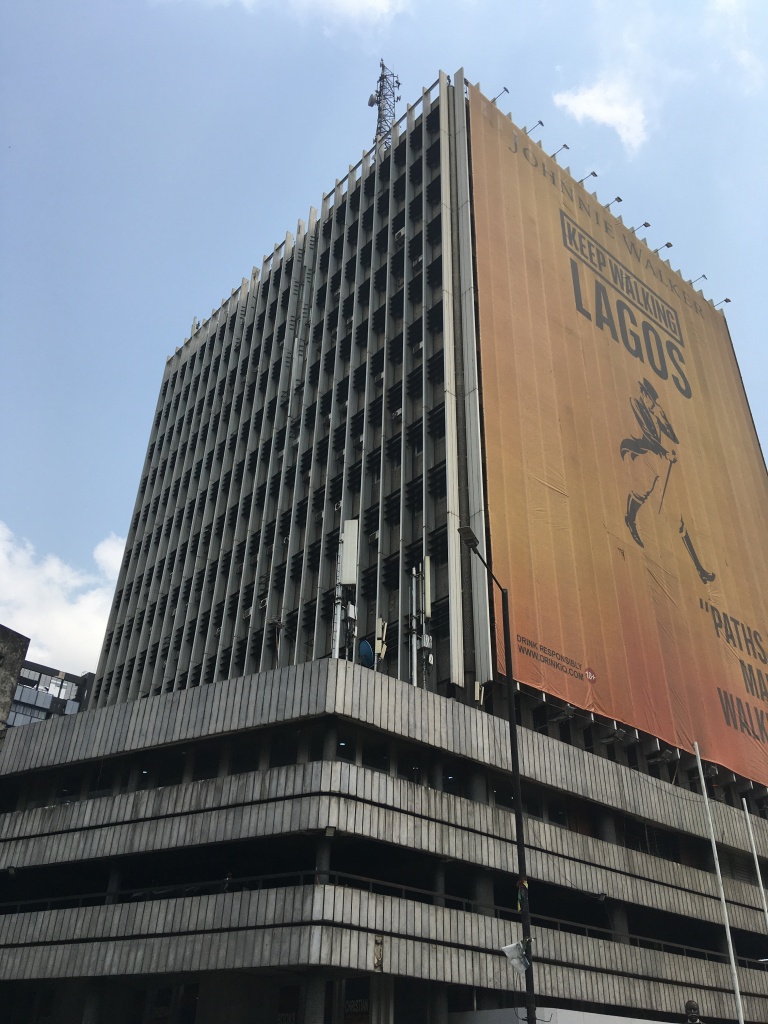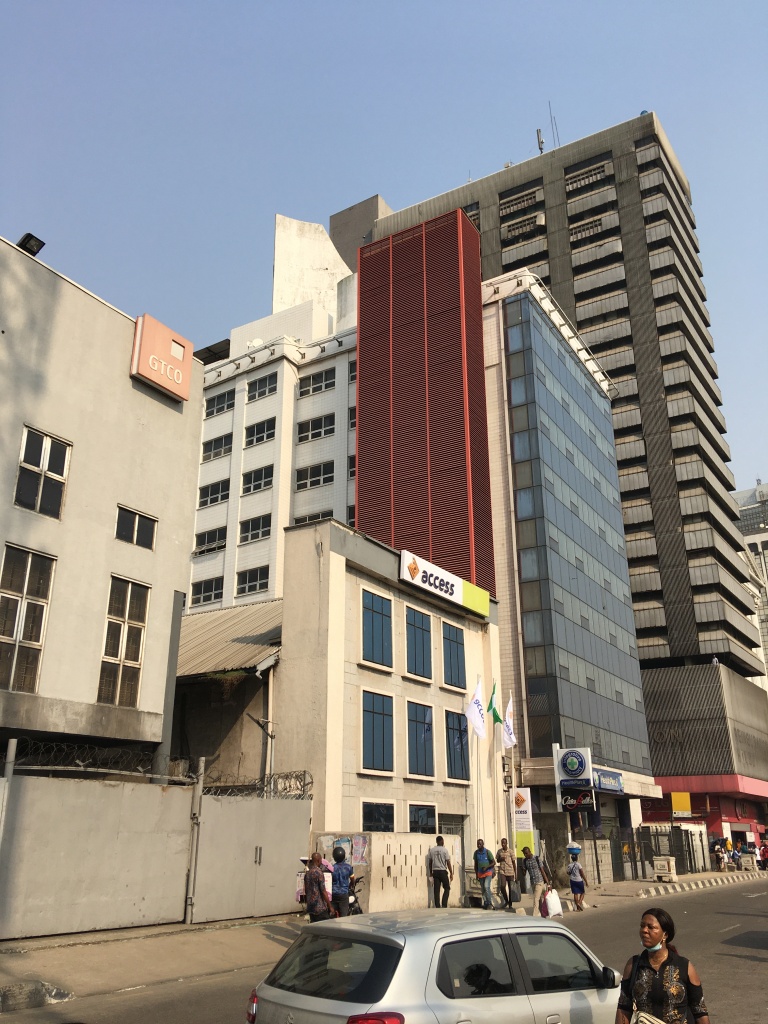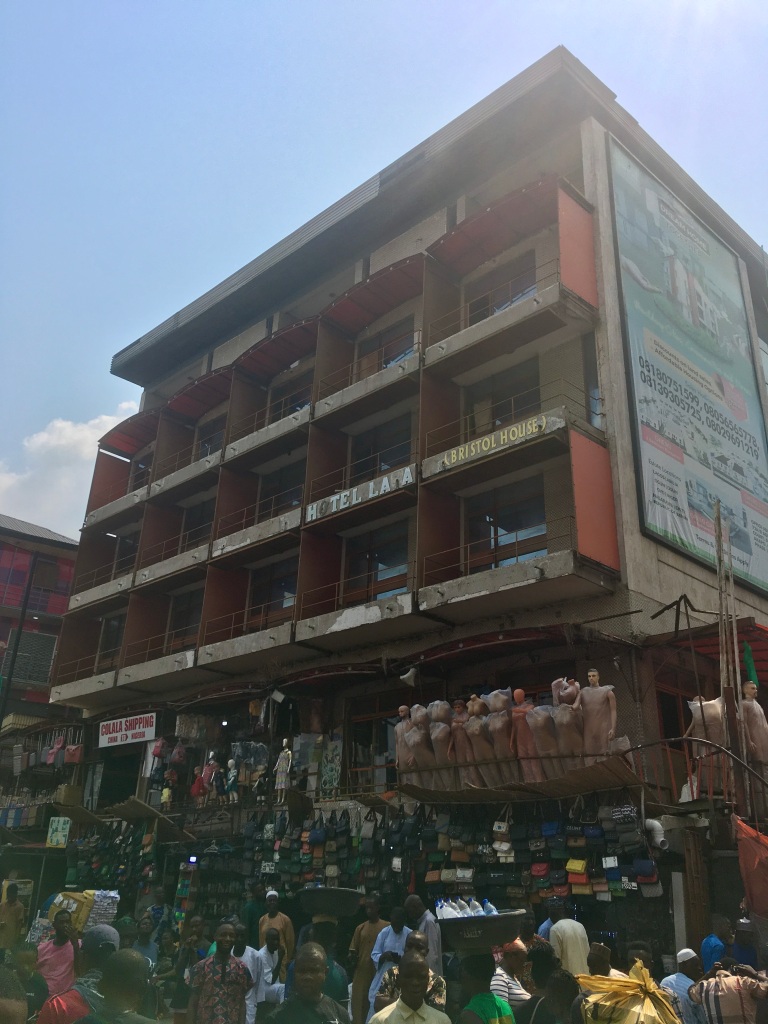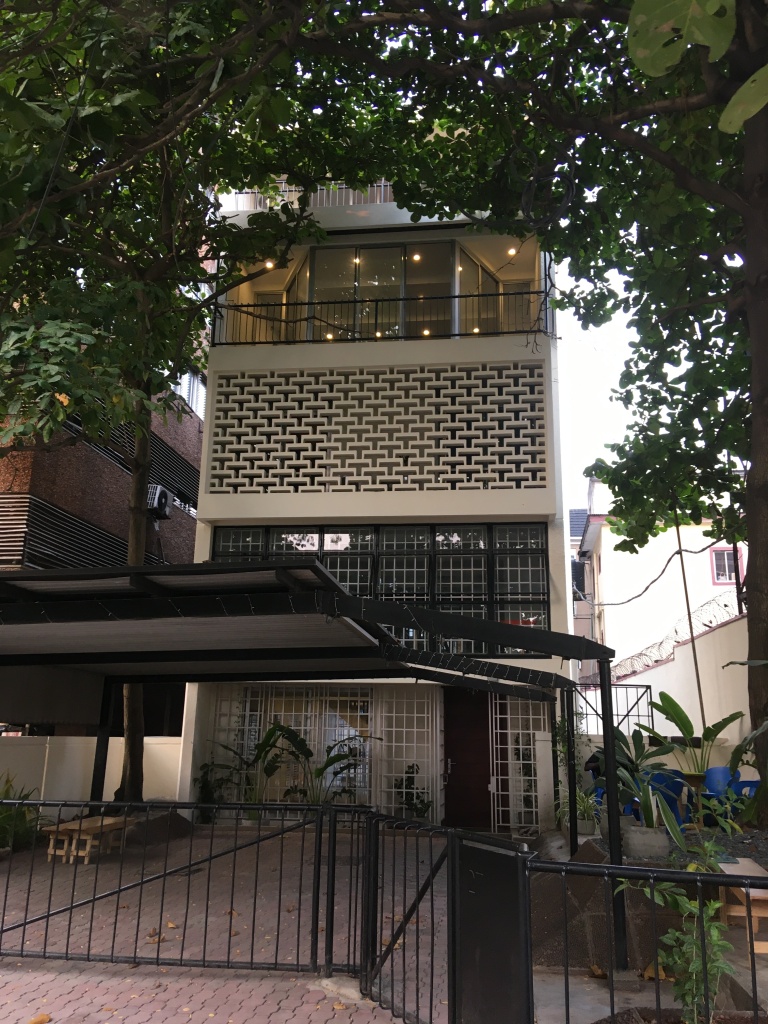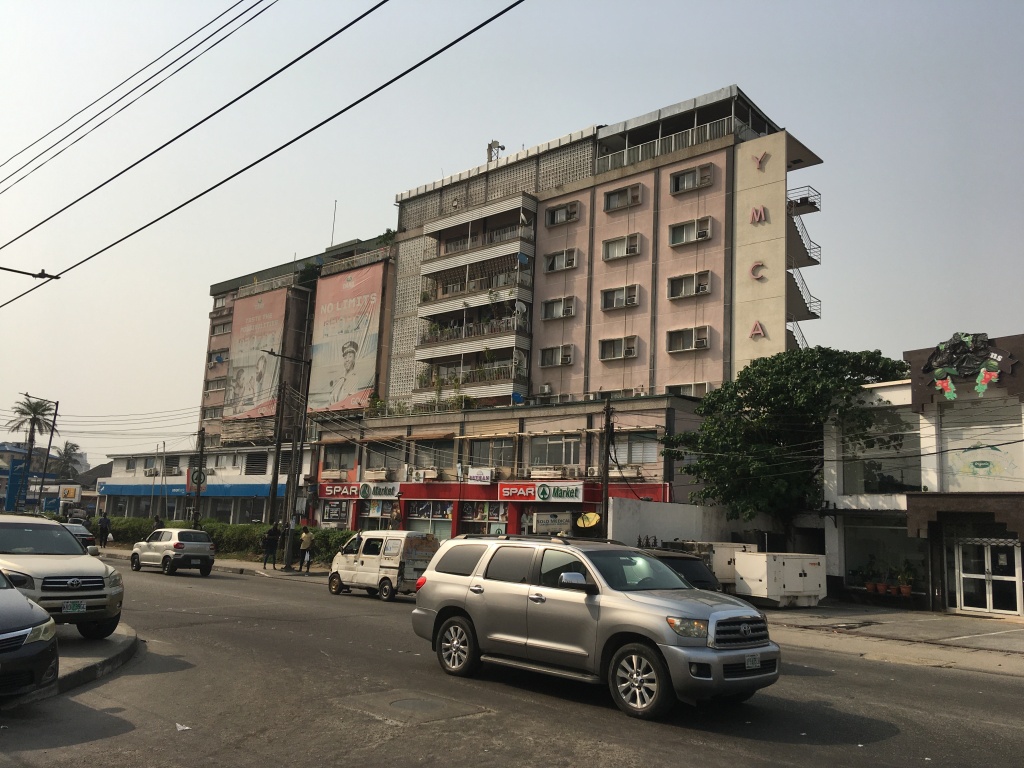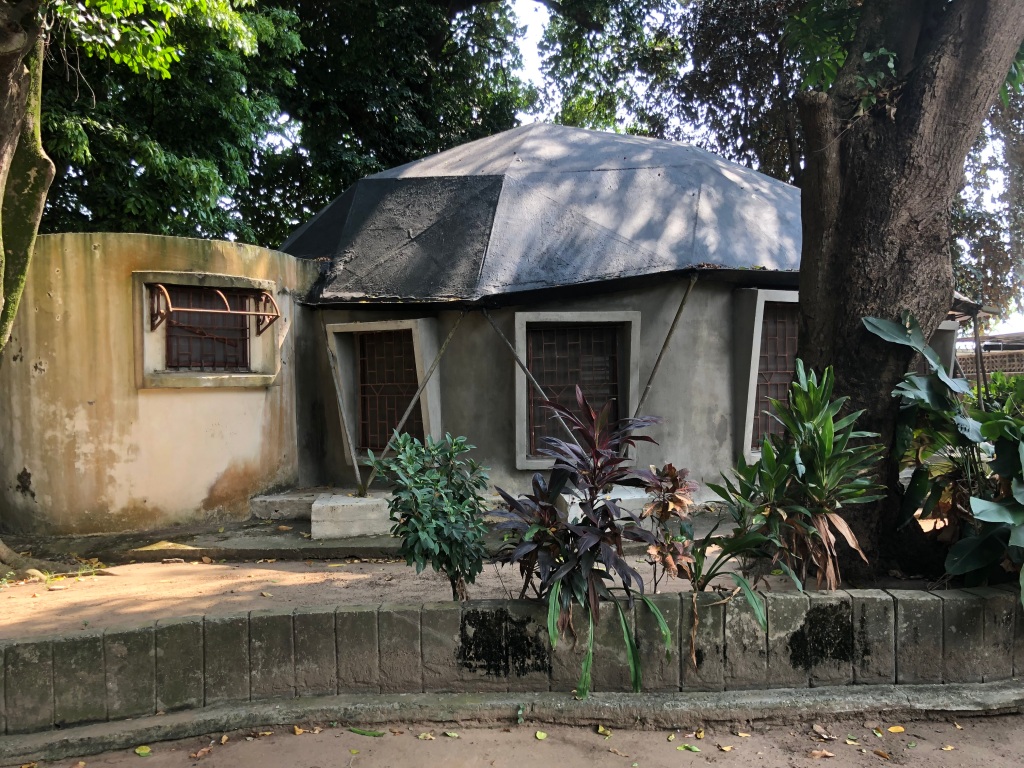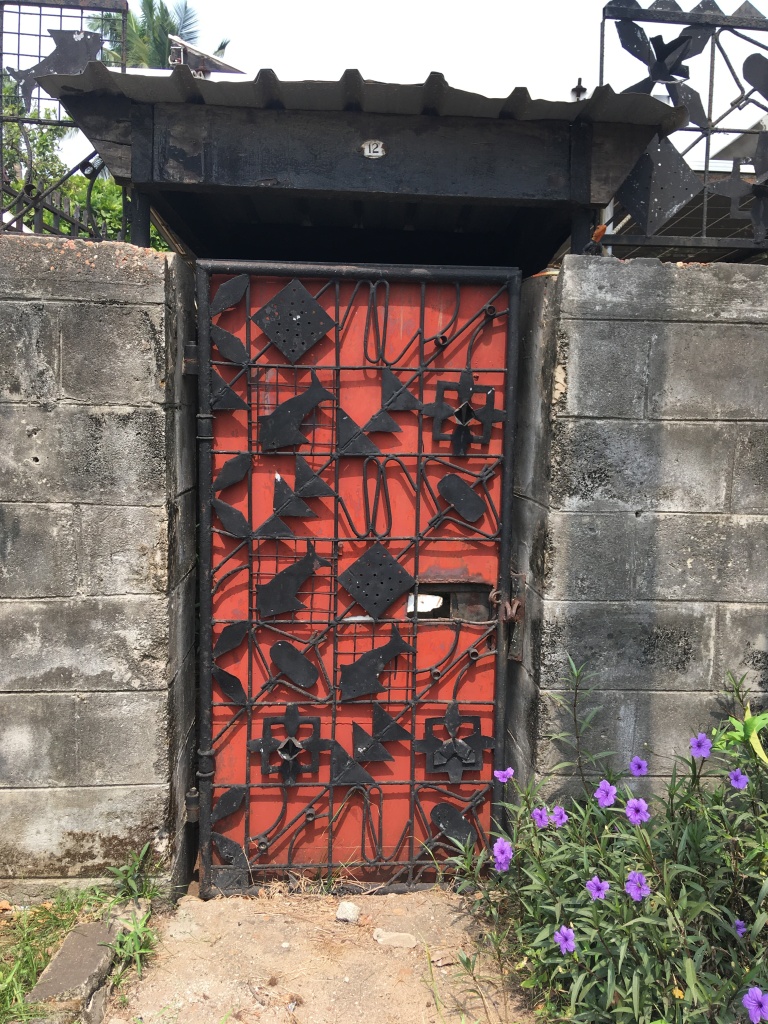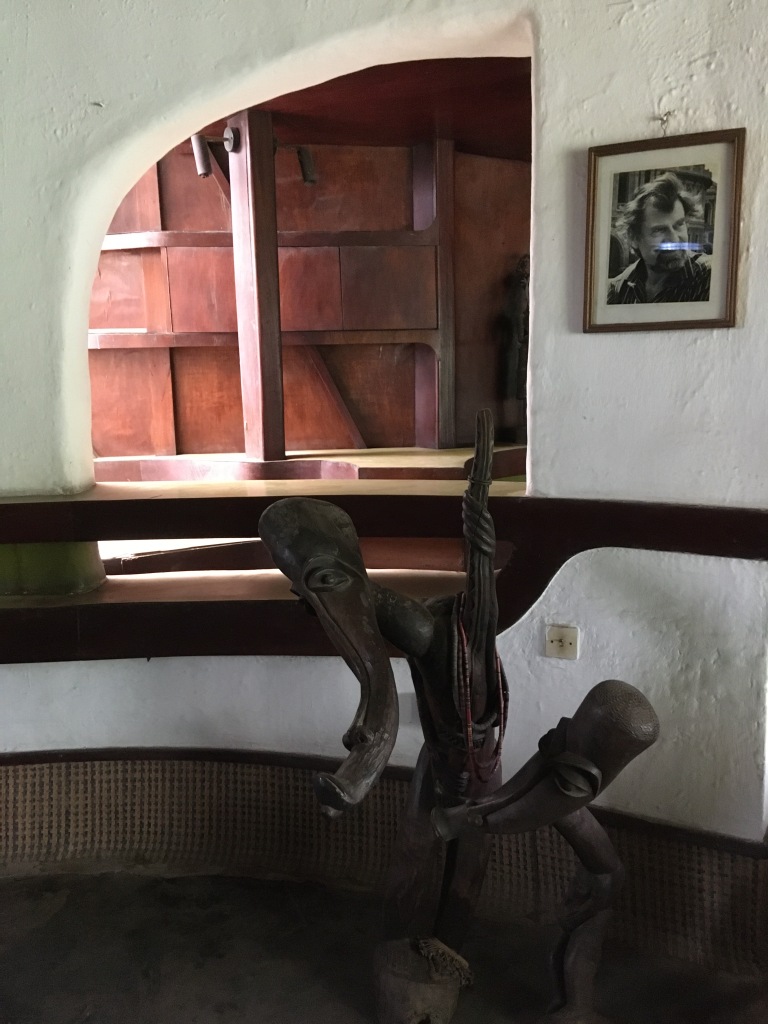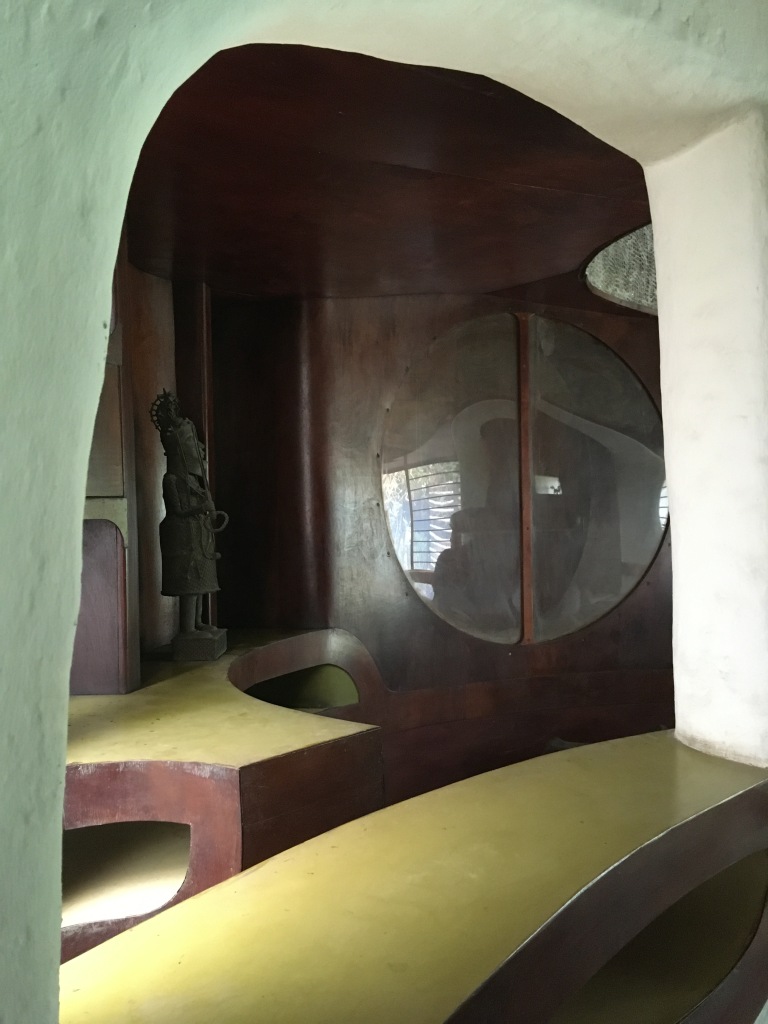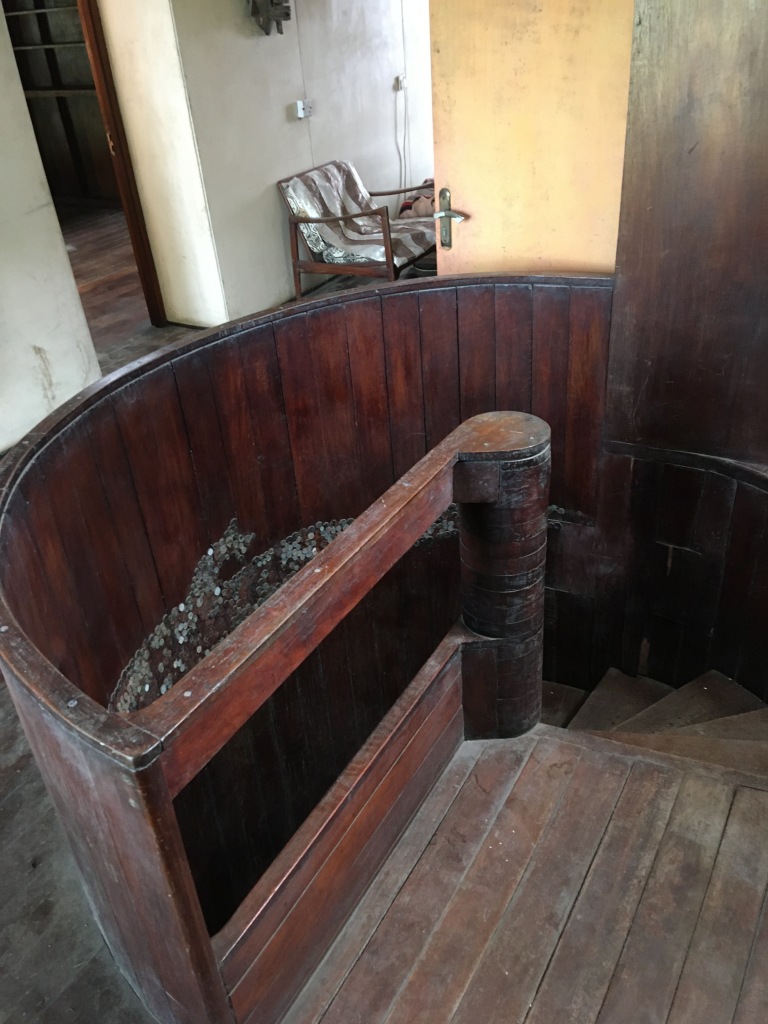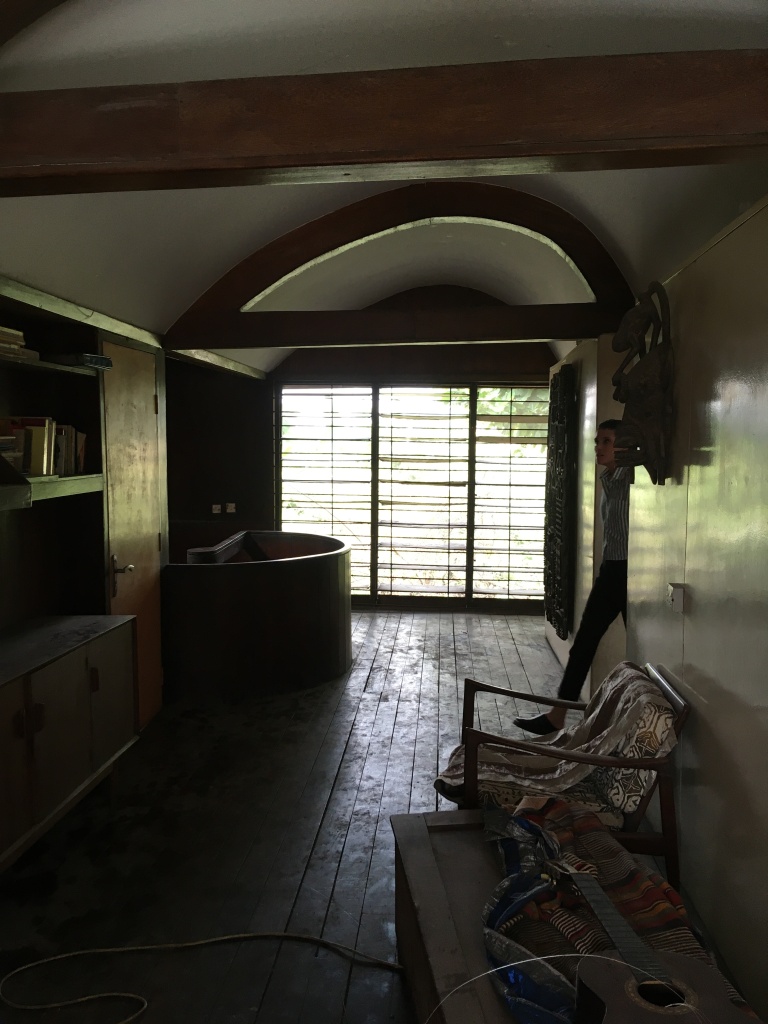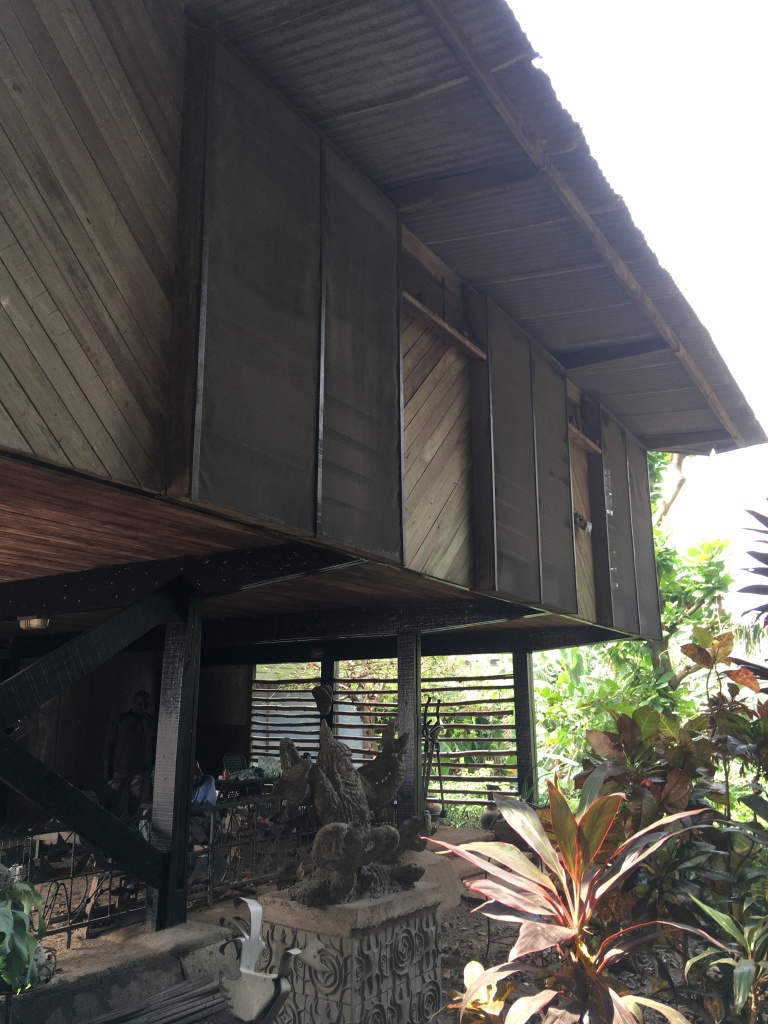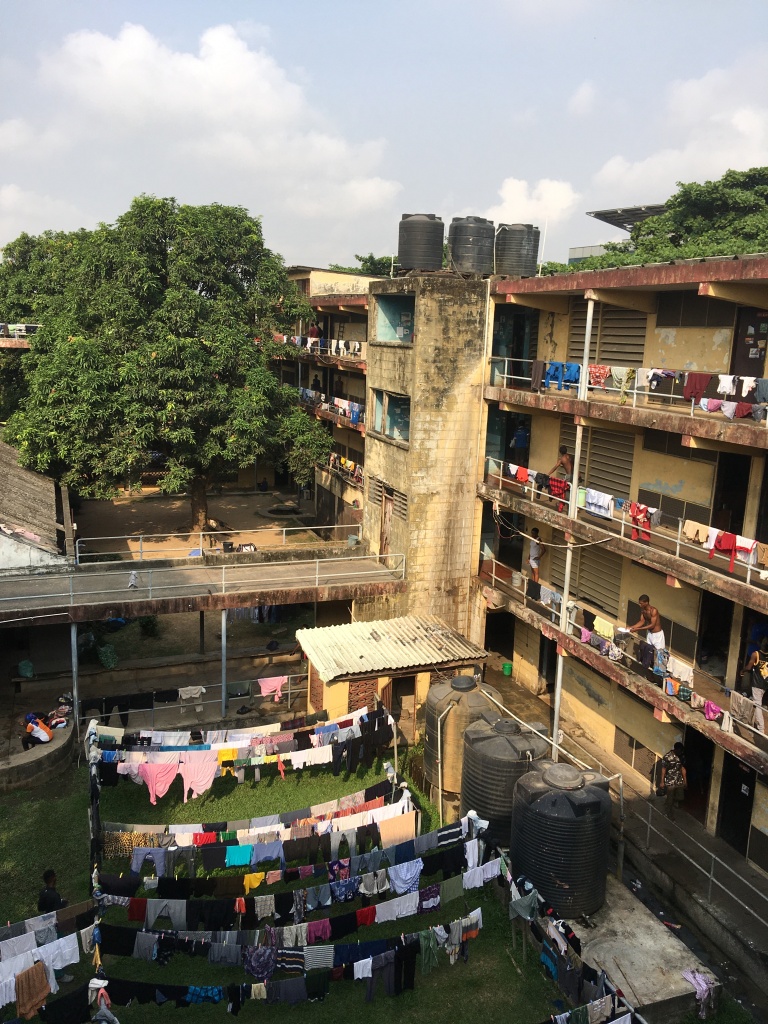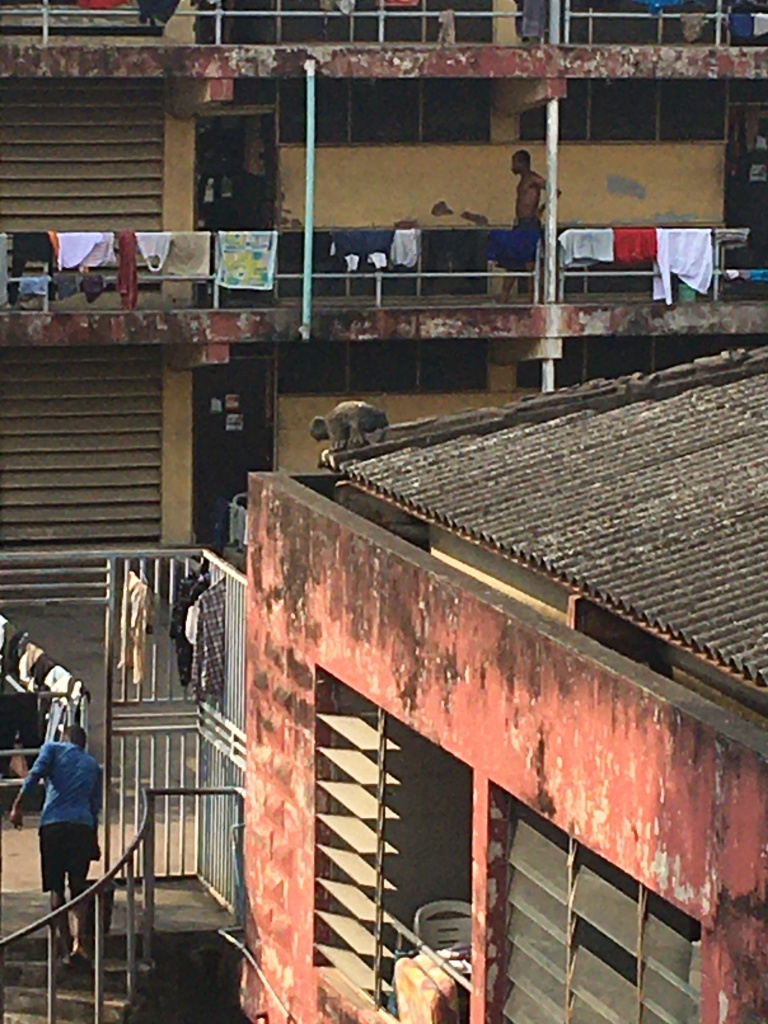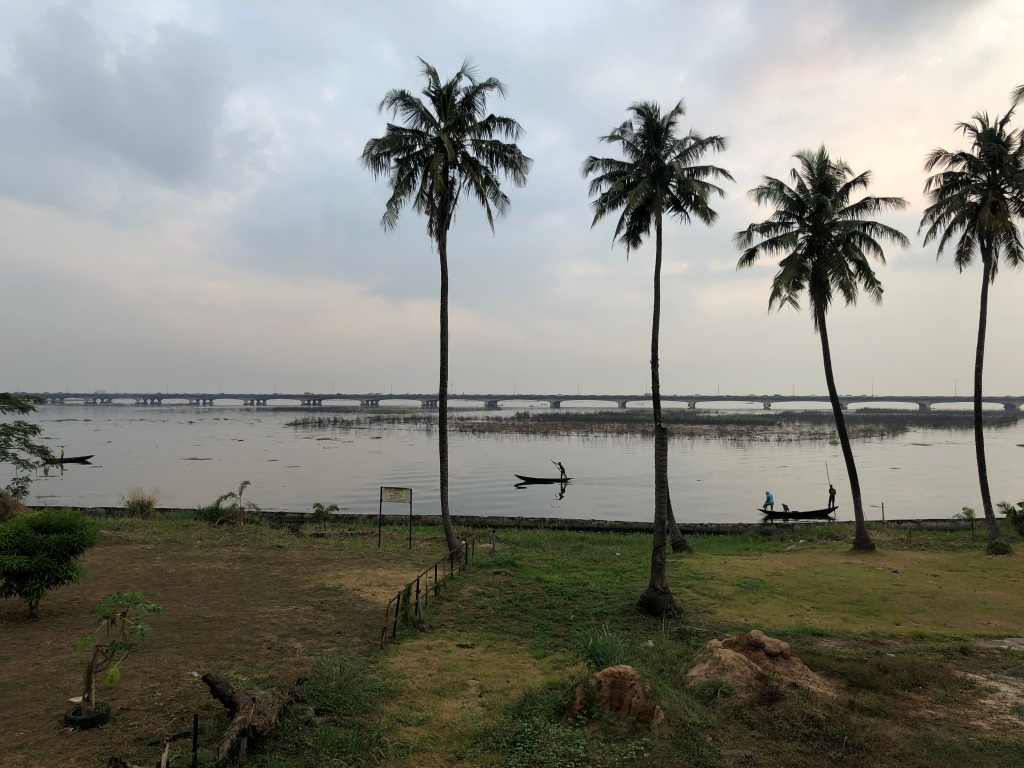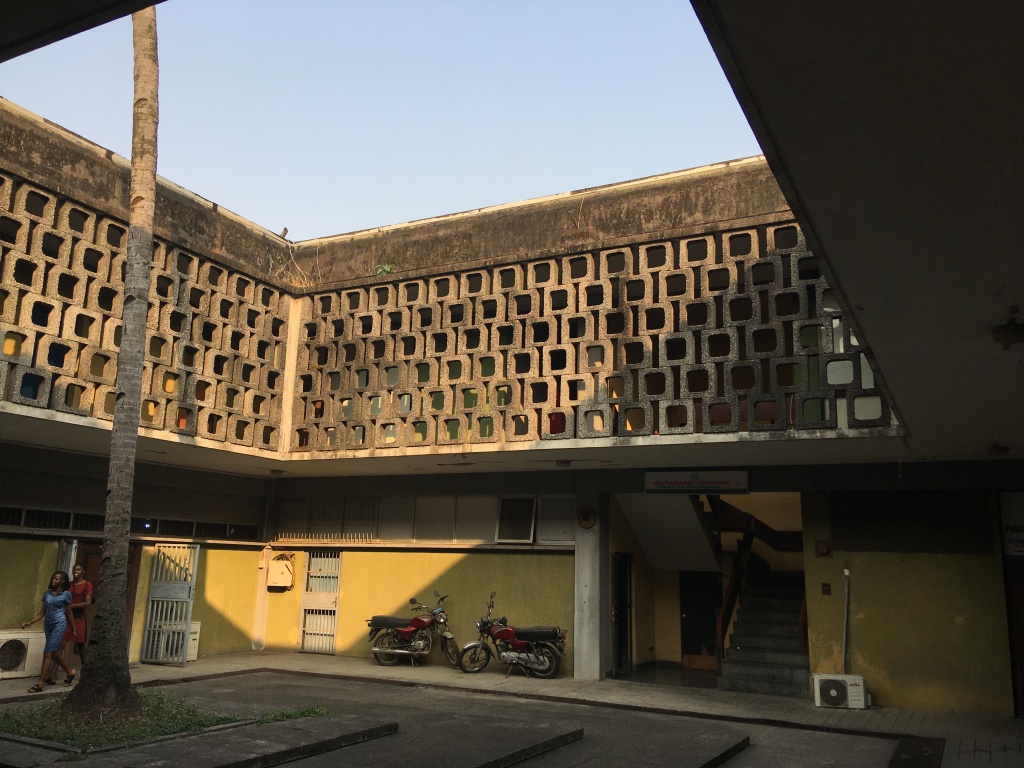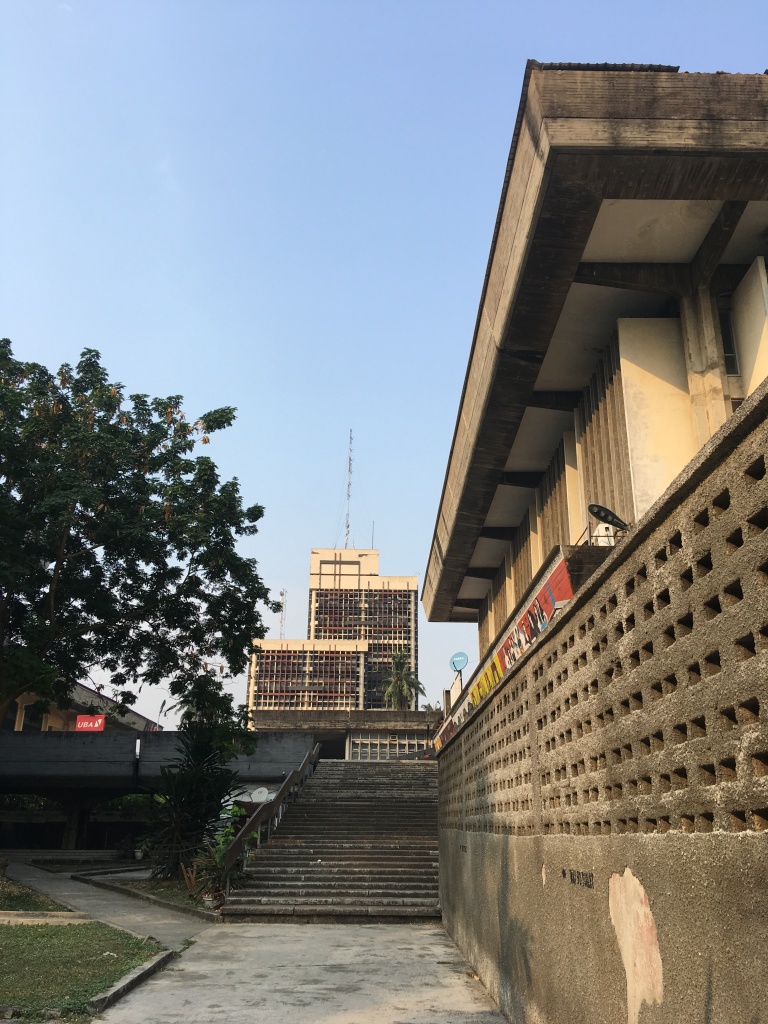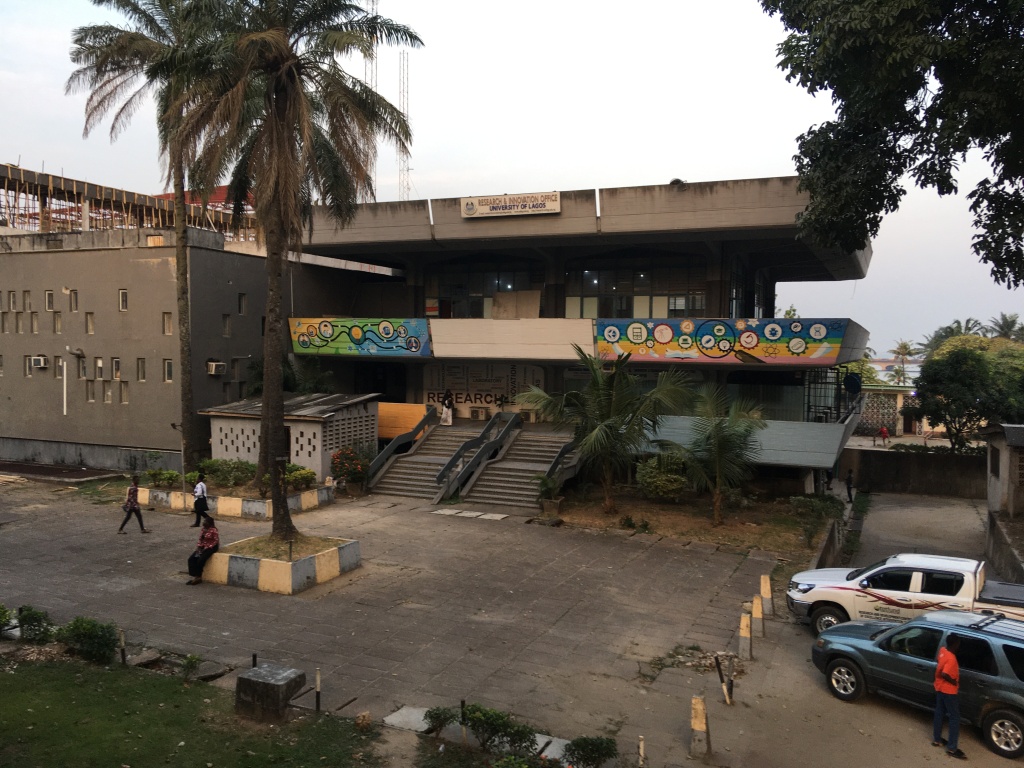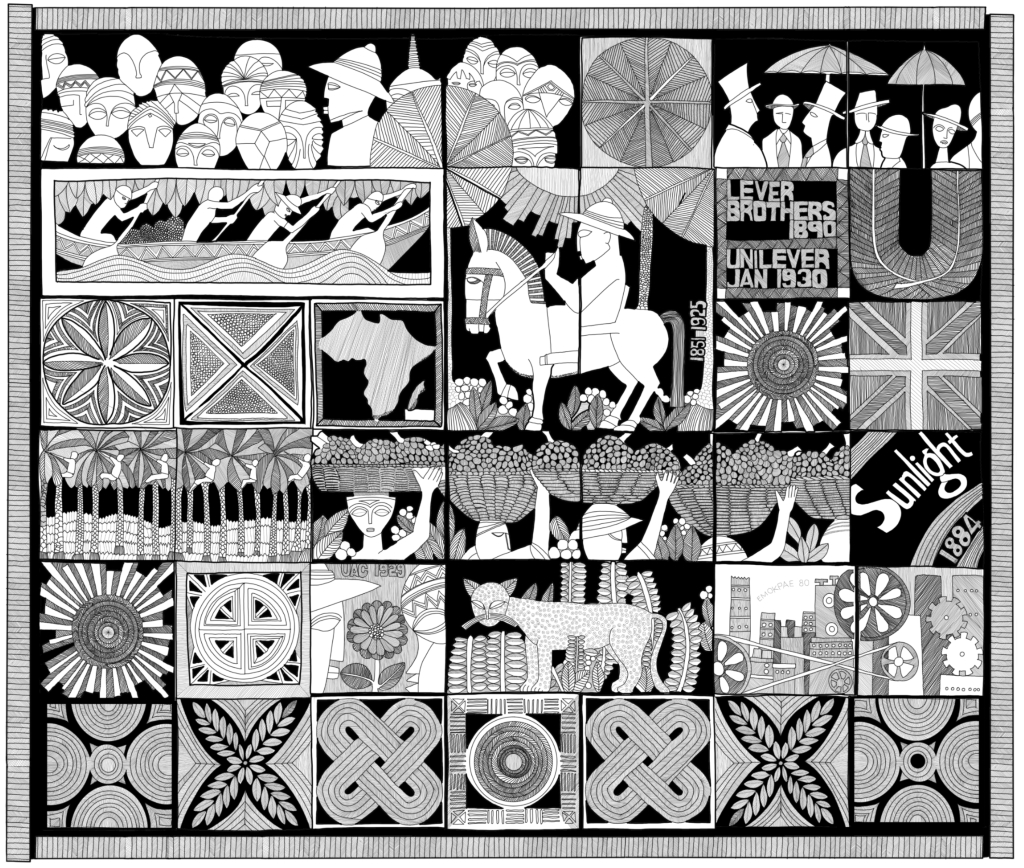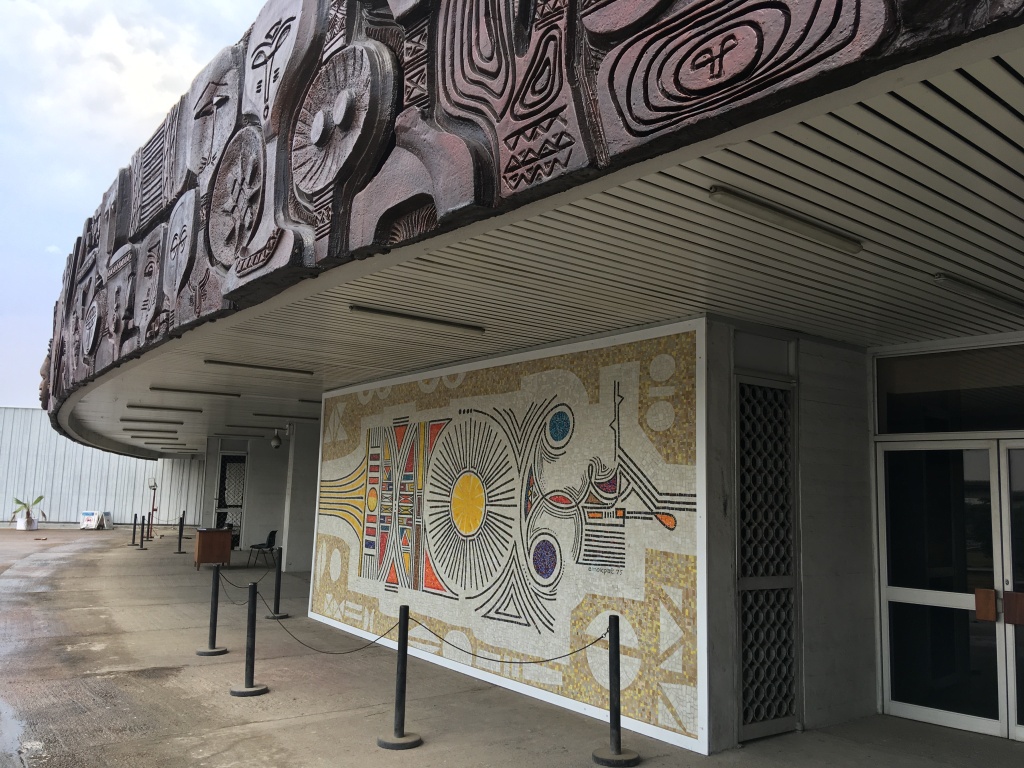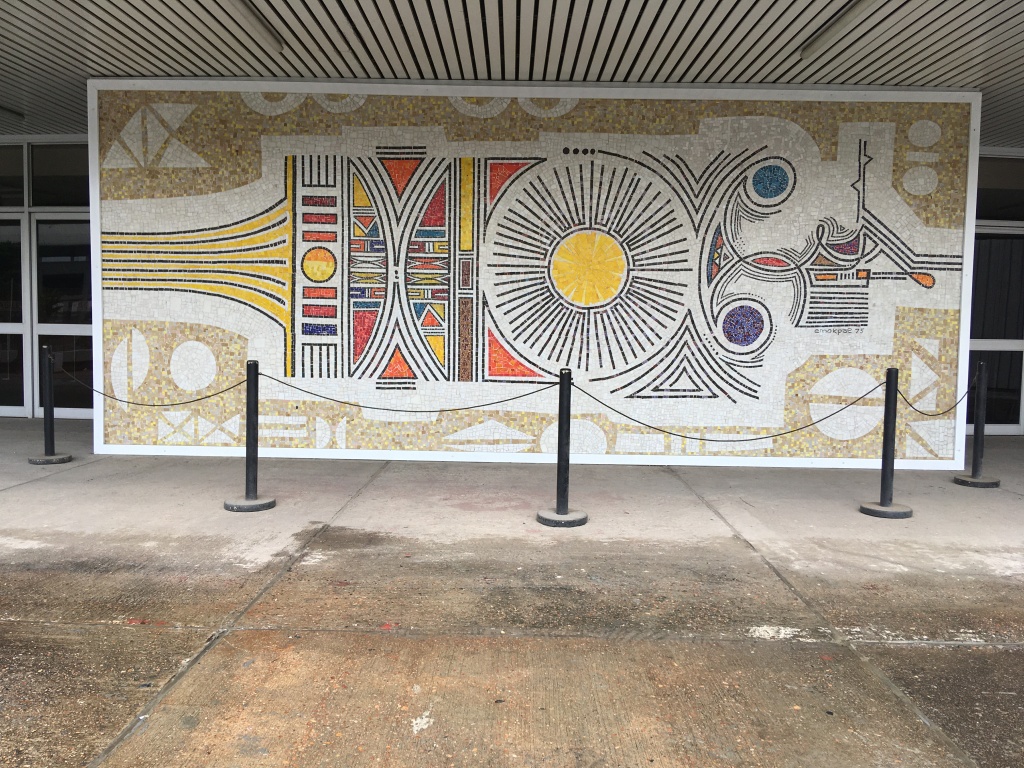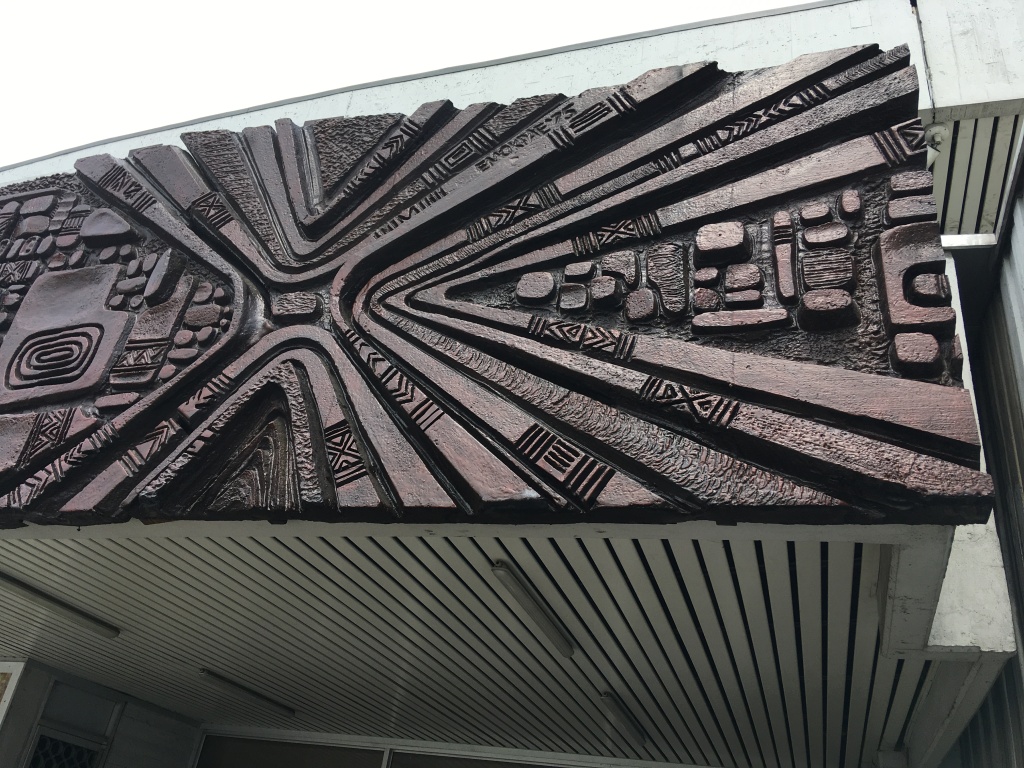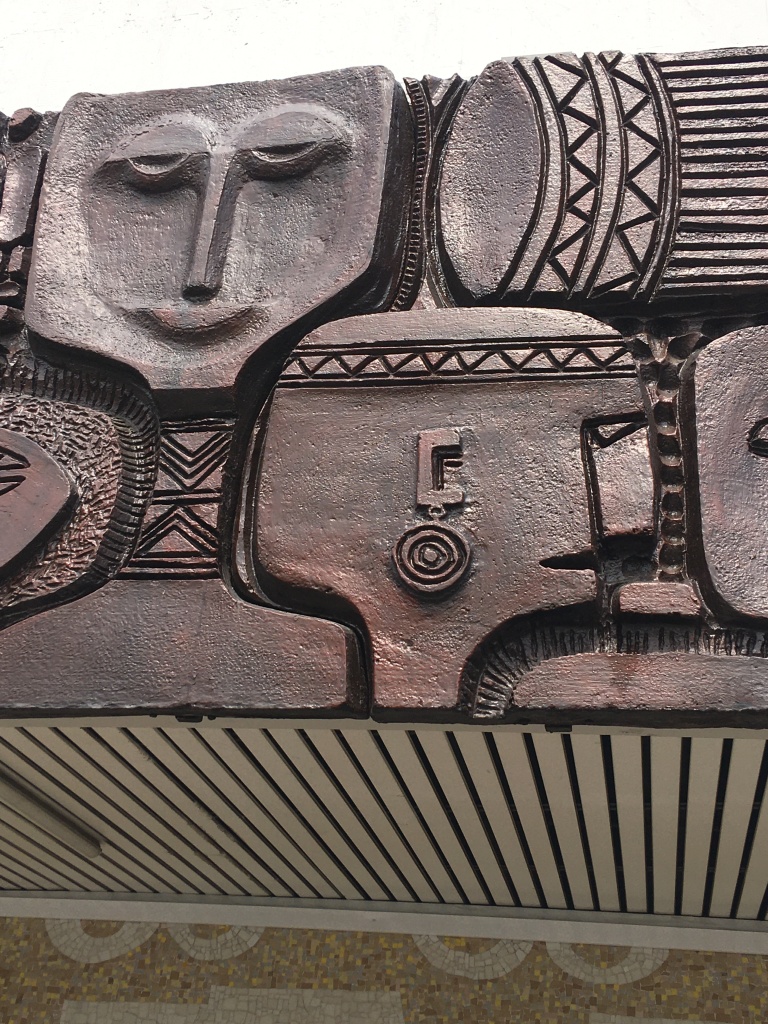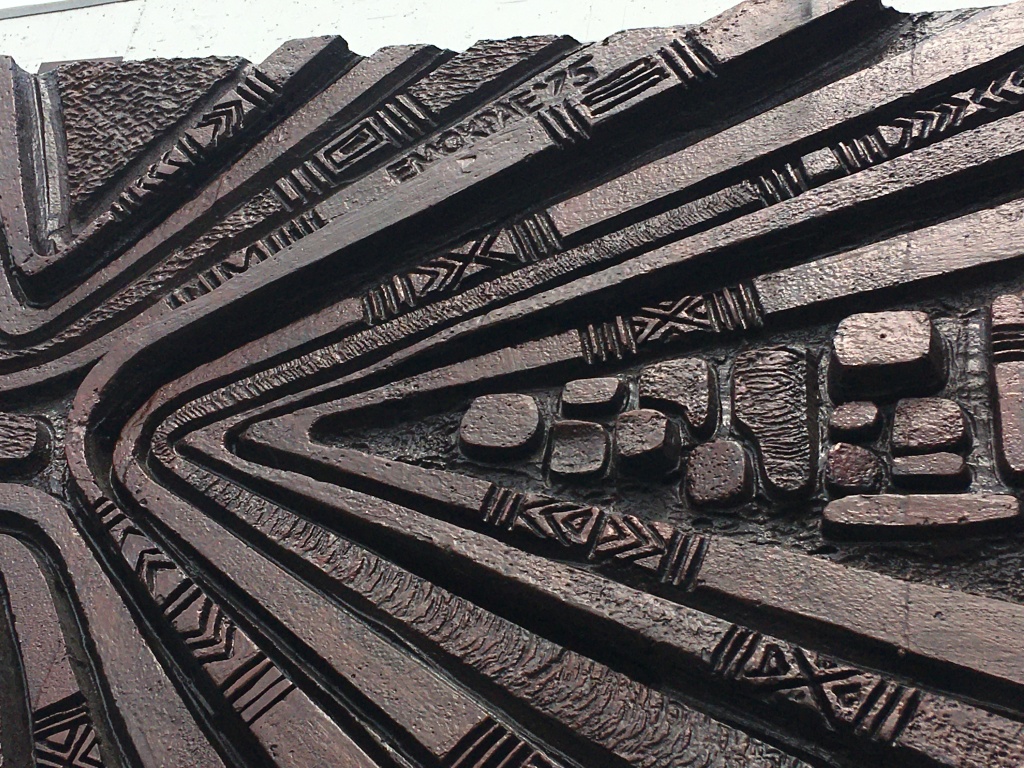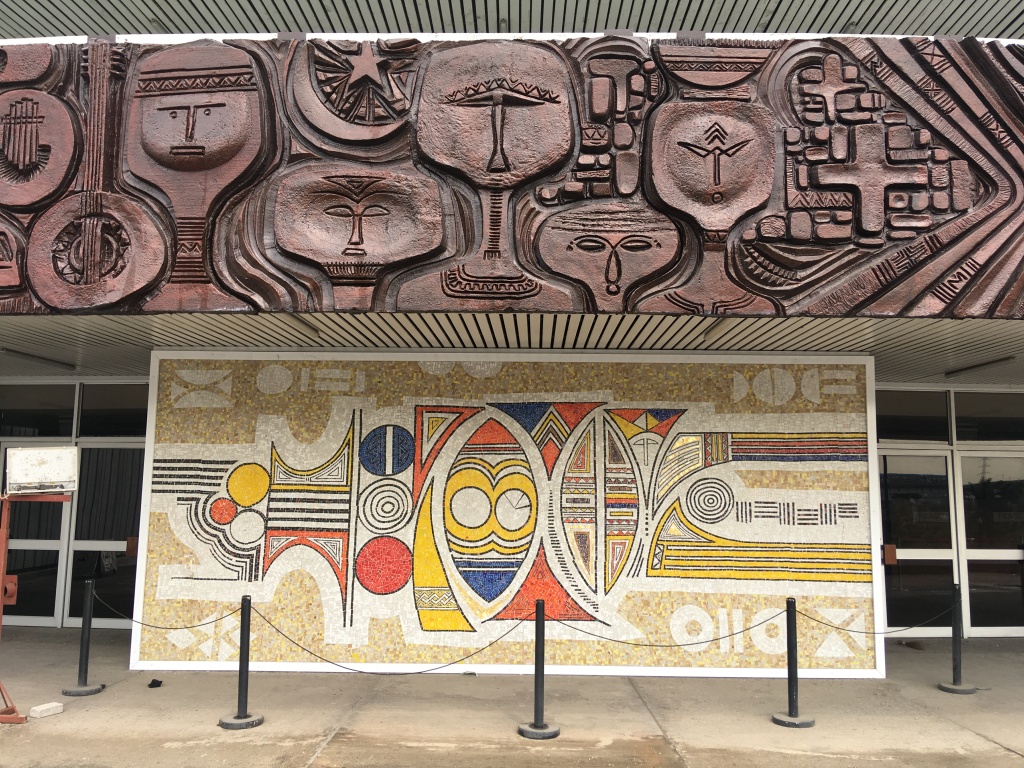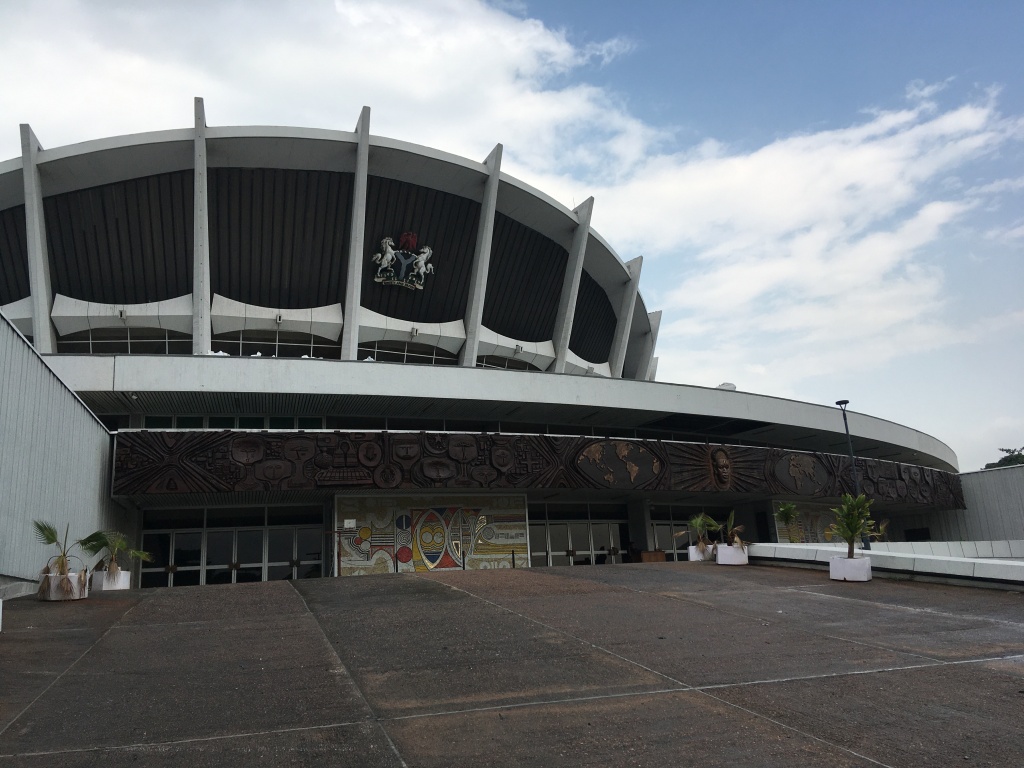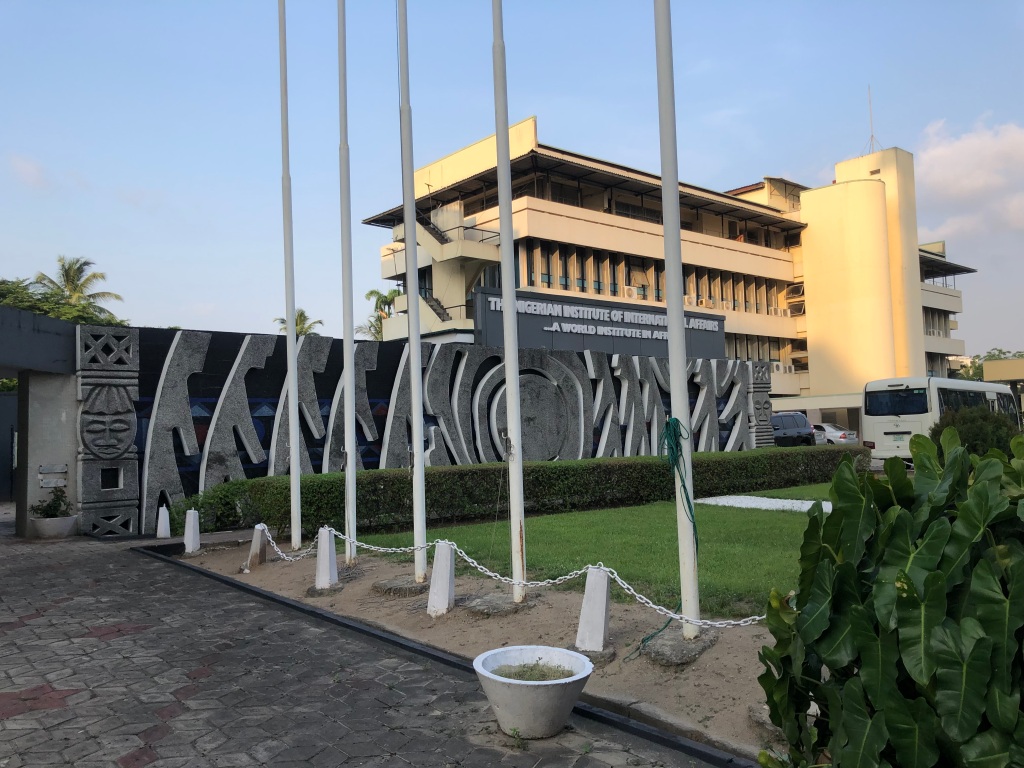Architectures of Informal Empire in Architectural Theory Review
Recent efforts to understand the pervasiveness of empire and its legacies have done little to reorient and expand the geographic or theoretical focus of scholarship, often downplaying the broad range of political, commercial, and cultural relationships that empire was built upon. Yet imperial ambitions were almost always accompanied by multiple economic and civilisational claims that preceded or did not amount to direct colonisation. Aptly named the “Age of Empire” by Eric Hobsbawm, the nineteenth century witnessed unprecedented travel and exchanges made possible by the advances in technology and industry of the century, that served to advance economic and cultural aims simultaneously. A wide range of private and state actors, including missionaries, merchants, explorers, archaeologists, doctors, nurses, and scientists thus helped expand, articulate, and consolidate both the reach of western “civilisation” as a standard and the petrification of indigenous civilisations as backwards and “other.” Neither have all imperial activities been recognised as such. Some empires, like the United States, engaged in similar processes driven wholly by private actors, without the apparatus of a colonial state, while positioning themselves as “anti-imperial.” And some regions, like the Eastern Mediterranean, while never “formally” colonised—depending on our definition of colonialism—were significantly shaped by “informal” foreign interests. But almost three decades since Mark Crinson introduced the history of informal imperialism into architectural history, such areas remain marginal in studies of colonial architecture and urbanism. In these areas that were the site of informal or inter-imperial contestation, or that were subject to what Ann Laura Stoler calls “affective” security regimes, the projects of private actors often led to extensive economic, material, and spatial configurations whose reverberations continue to be felt, even today. Architecture, as an embodiment of territorial, political, economic, and cultural imaginations, was integral both to these processes and to their contemporary endurance.
This issue seeks to explore the boundaries of what can be considered “colonial” in histories of architecture and urbanism, in the past as in the present. It asks how we can define and describe the architectural and urban projects that accompany imperial ambitions, both formal or informal, and their spatial, material, and cultural imprint on the territories in which they are implemented. How can we meaningfully question the legacies of missionary projects, of infrastructural concessions, or developmental aid, to mention only a few examples, especially when such projects came without a colonial state? What do we learn about the entanglement of architecture and political power if we begin from the buildings and sites around which proto-imperial and para-imperial processes took place, rather than from the study of a single or formal imperial state?
We welcome contributions that explore new theoretical questions and methodological approaches to the study of architectures of informal empire—that foreground the affective power of buildings in the past or present; the entanglements of state and non-state actors in informally colonised regions; instances of intra- or inter-imperial contestation or collaboration, including with local elites; or the broader cultural and/or economic relationships inscribed in space that survive after the dismantling of colonial states. We also encourage empirical contributions that focus on geographies and actors that have remained marginal in the scholarship on colonial architecture and urbanism, that can dislodge the primacy of the single colonial state. By expanding our understanding of the “colonial” in architectural history, we hope to gain new insights into the contemporary and enduring manifestations of empire in the built environment—a necessary starting point for any true attempts at future decolonisation.
Full details here deadline 1st June 2024.
